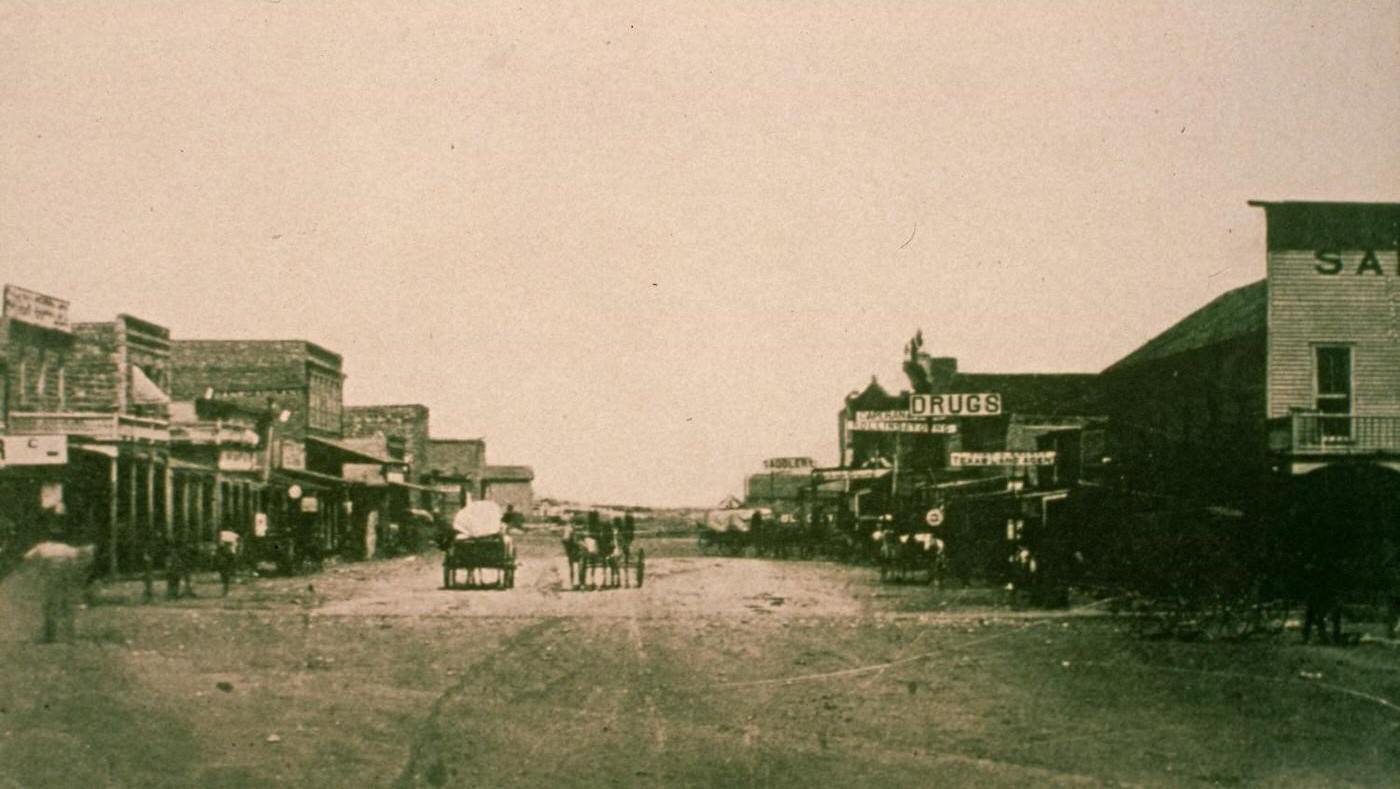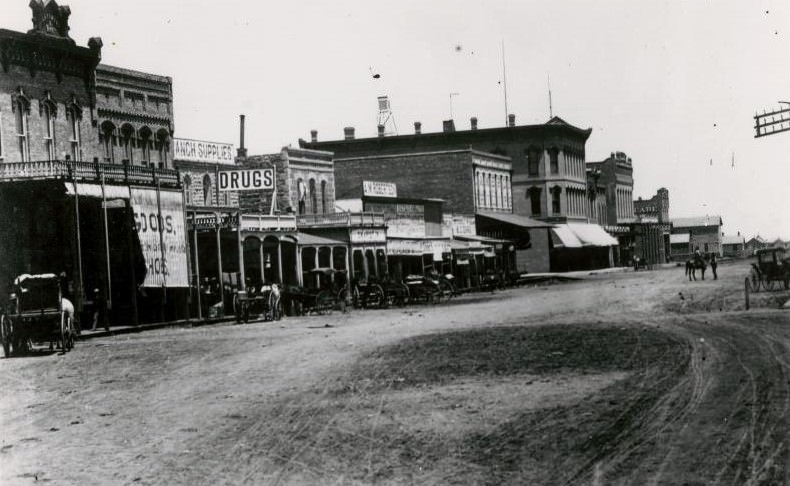The year 1900 found Abilene, Texas, poised for significant change. Having established itself as a vital railroad town and the Taylor County seat in the previous two decades, Abilene entered the twentieth century ready to build upon its foundations. The population at the start of the decade was recorded at 3,411 residents, a community that was steadily transforming the West Texas landscape. This decade, from 1900 to 1909, would witness considerable growth, modernization, and the strengthening of institutions that defined the city’s character.
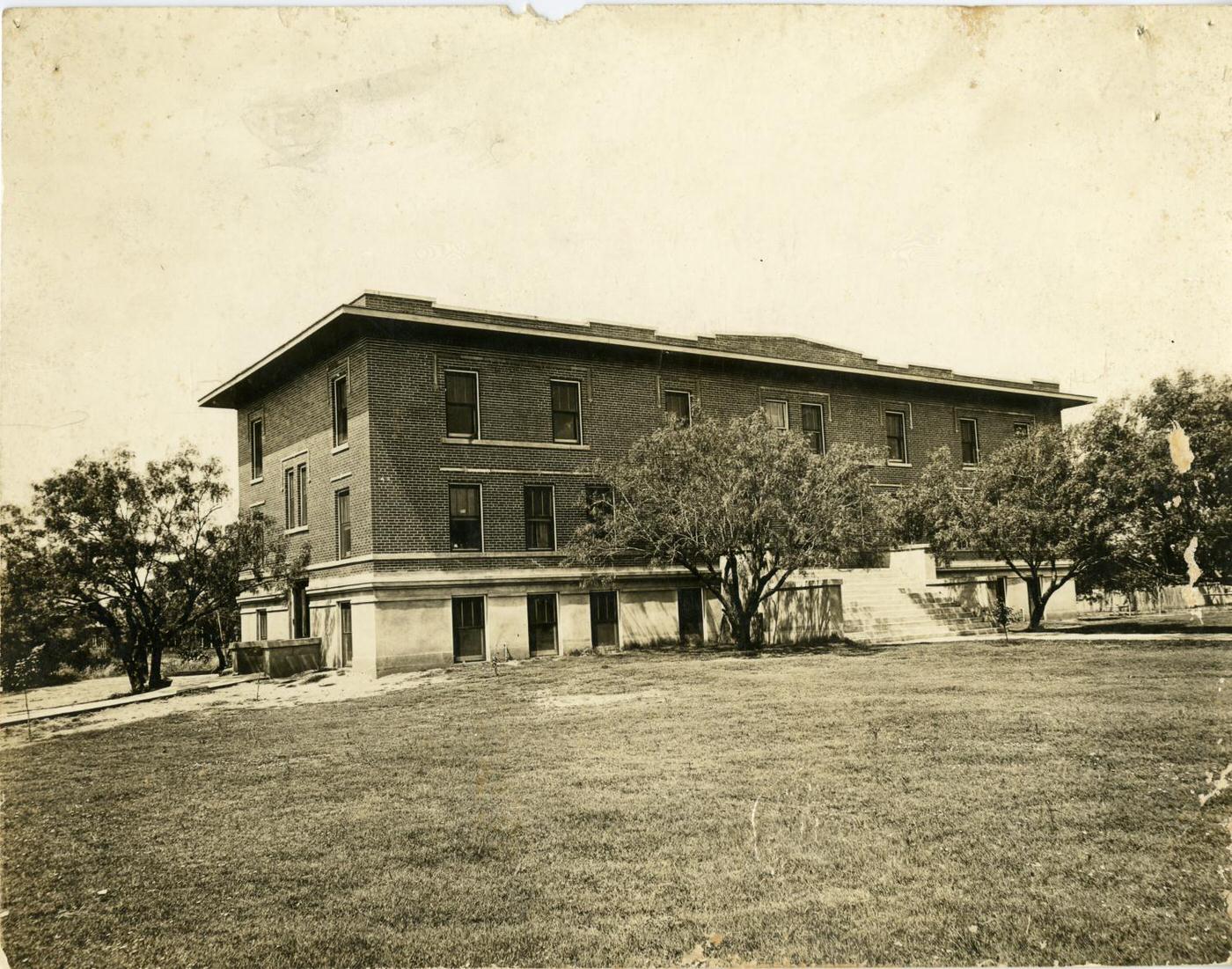
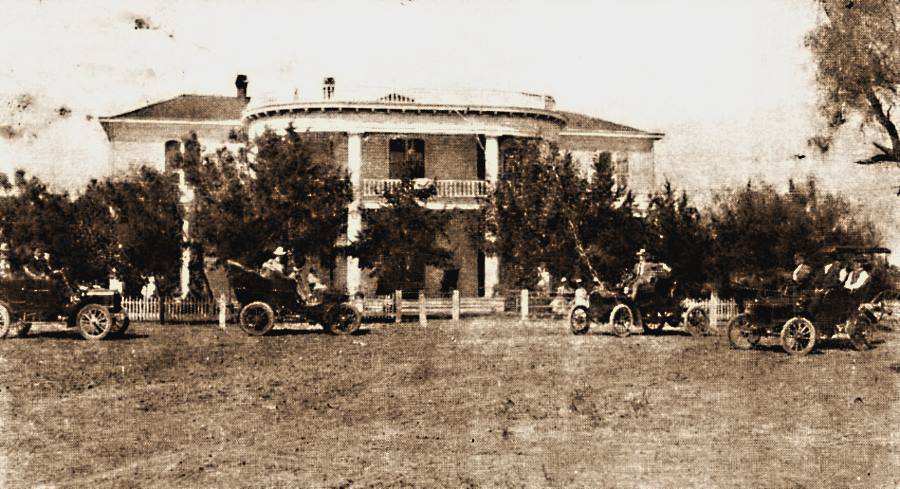
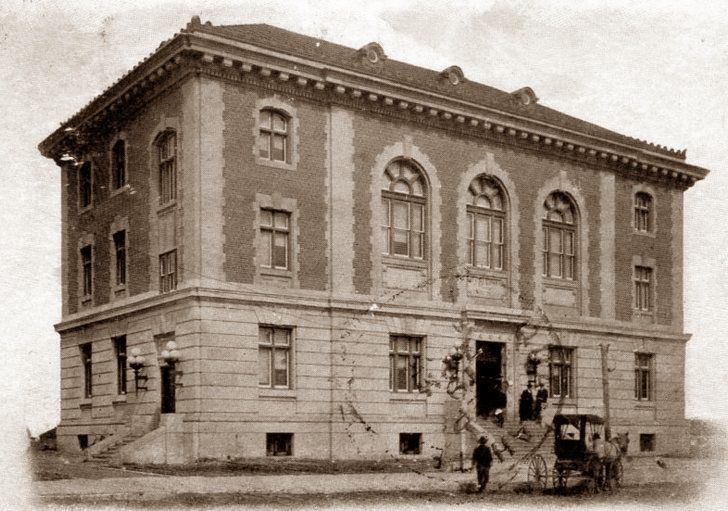
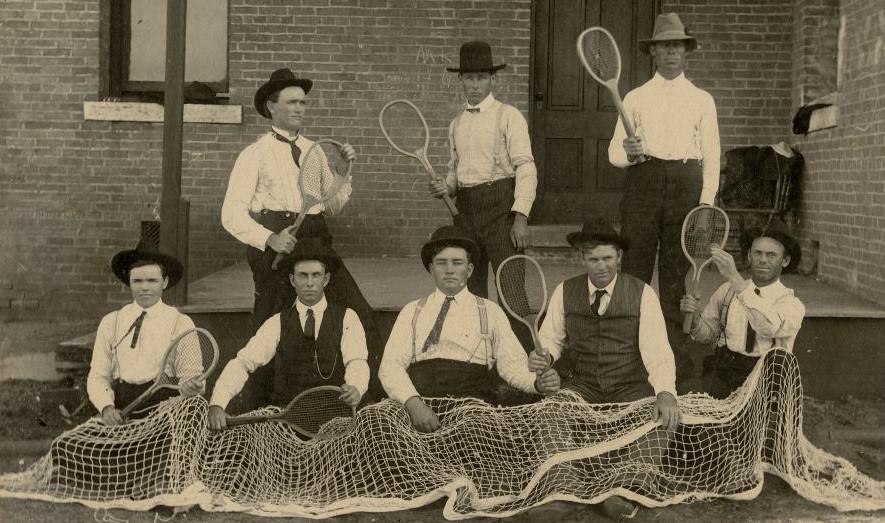
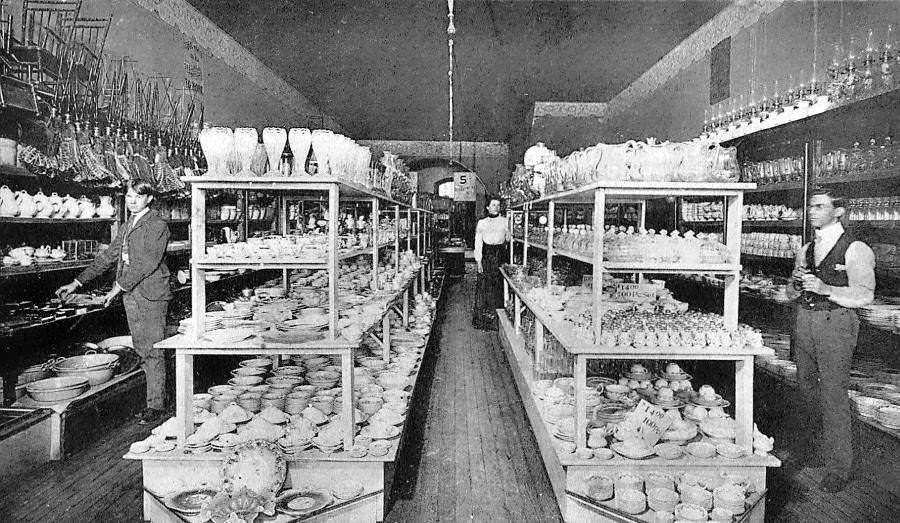
One of the most visible signs of progress was the improvement of the town’s basic infrastructure. While the 1890s saw Abilene functioning with largely dirt streets and wooden sidewalks, the 1900s brought the beginnings of modernization underfoot. The city leadership initiated projects to pave key thoroughfares, particularly in the downtown business district. Pine Street, the central commercial artery, saw sections covered with durable brick pavers. This change significantly reduced the perennial problems of dust in dry spells and deep mud during wet weather, making commerce and travel within the city center more reliable and pleasant. Complementing the street paving, concrete sidewalks began to replace the older wooden boardwalks in front of major businesses, signaling a move towards more permanent and substantial urban construction.
Securing a reliable water supply remained a challenge, but progress was made. While individual wells and cisterns were still common, the Abilene Light & Water Company worked to expand its network, laying more pipes to serve a growing number of homes and businesses. Discussions and initial planning for a larger, more dependable water source, like the future Lake Abilene, began during this period, addressing a critical need for the growing population and for fire protection. Electricity, once a novelty, became increasingly integrated into Abilene life during the 1900s. The local power plant increased its capacity, allowing more businesses to install electric lighting, which was brighter and safer than gas or kerosene lamps. Residential access to electricity also expanded, bringing the convenience of electric light into more homes, though it was not yet universal. The telephone system, operated by the Abilene Telephone Company, also grew, connecting more businesses and residents and shrinking distances within the expanding town and the wider region.
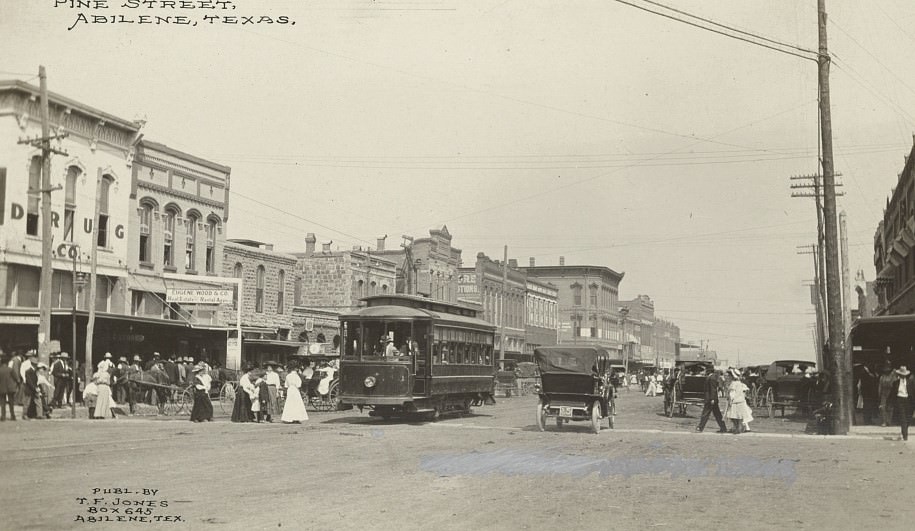
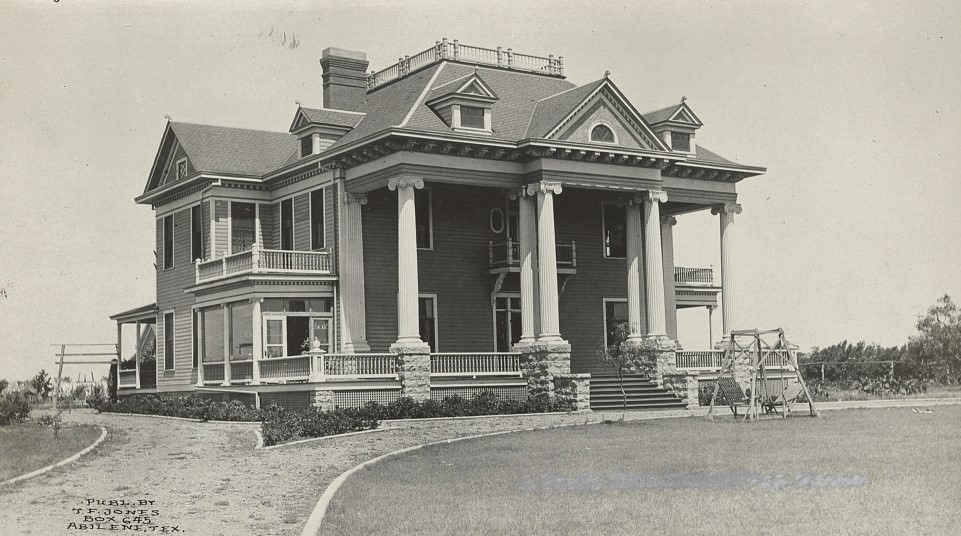

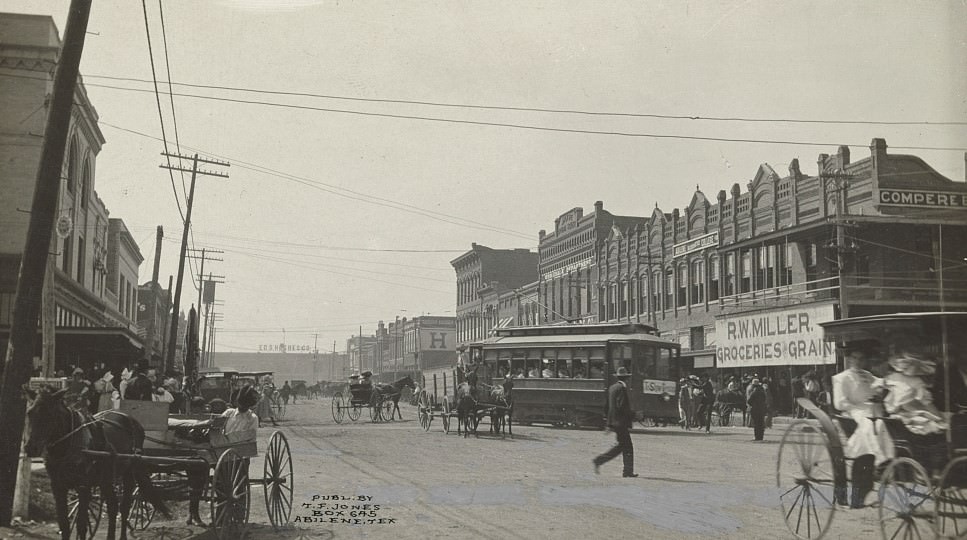
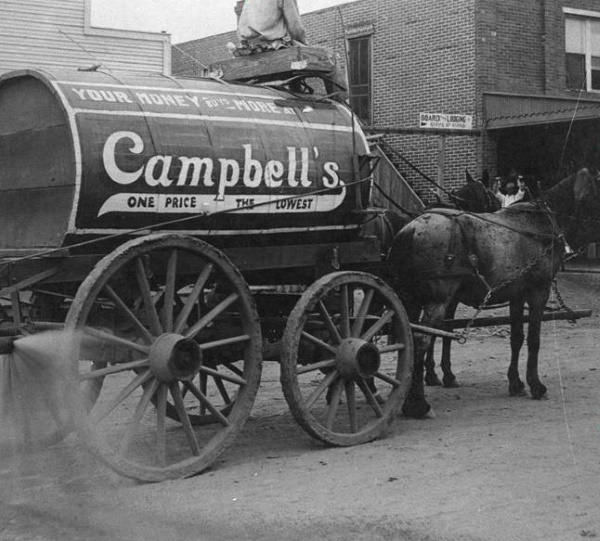
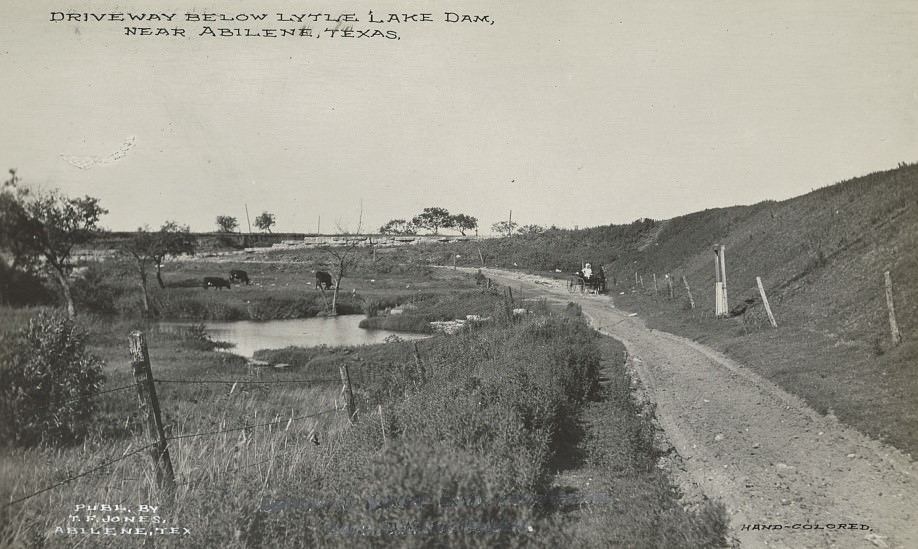
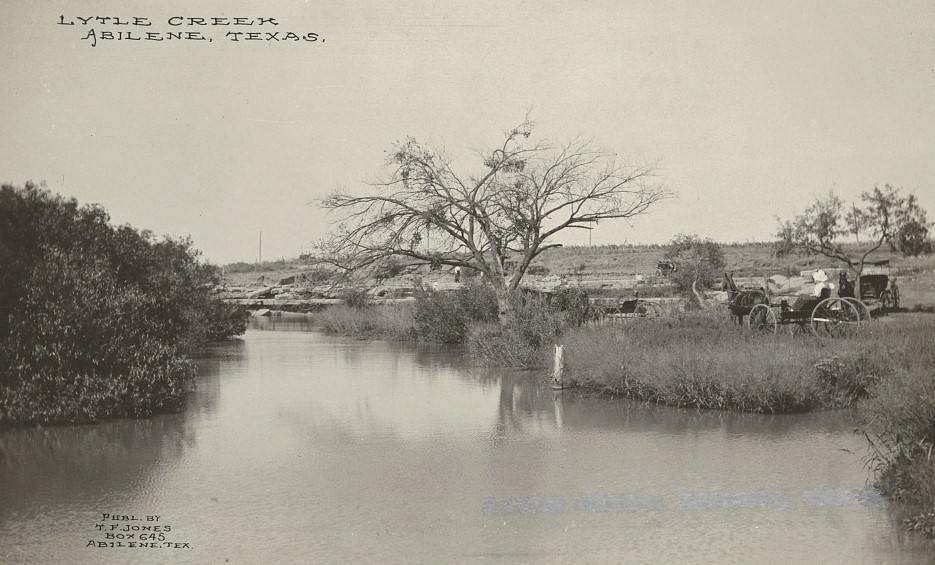
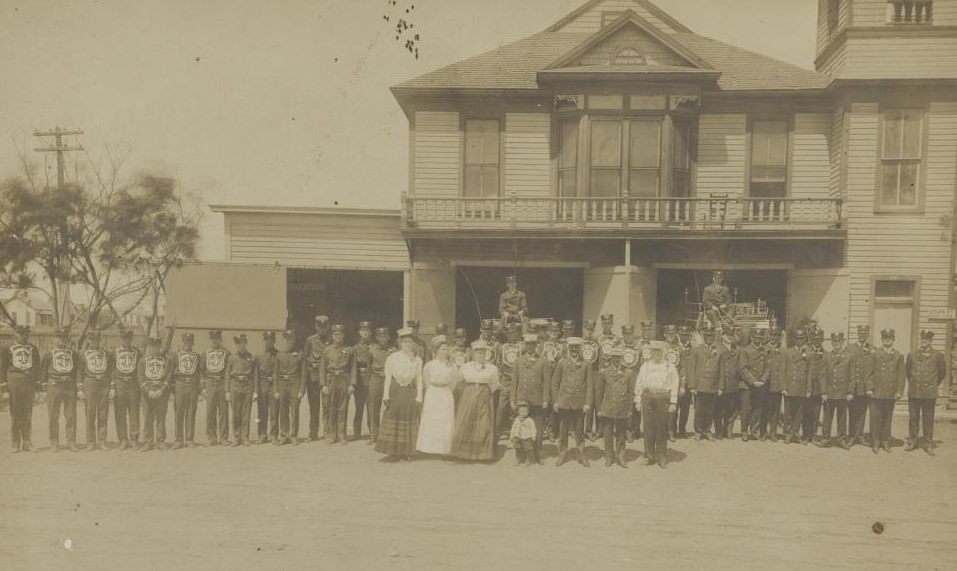
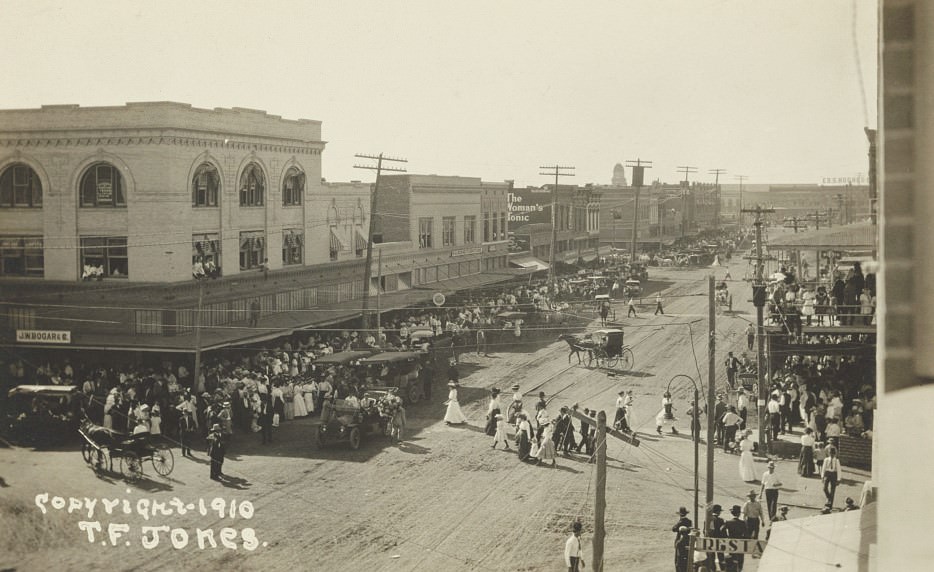
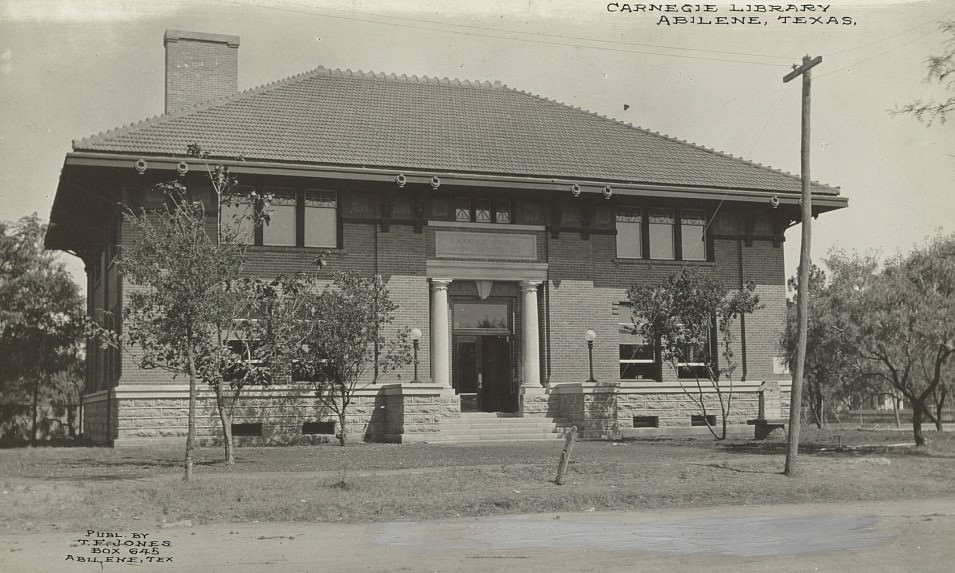
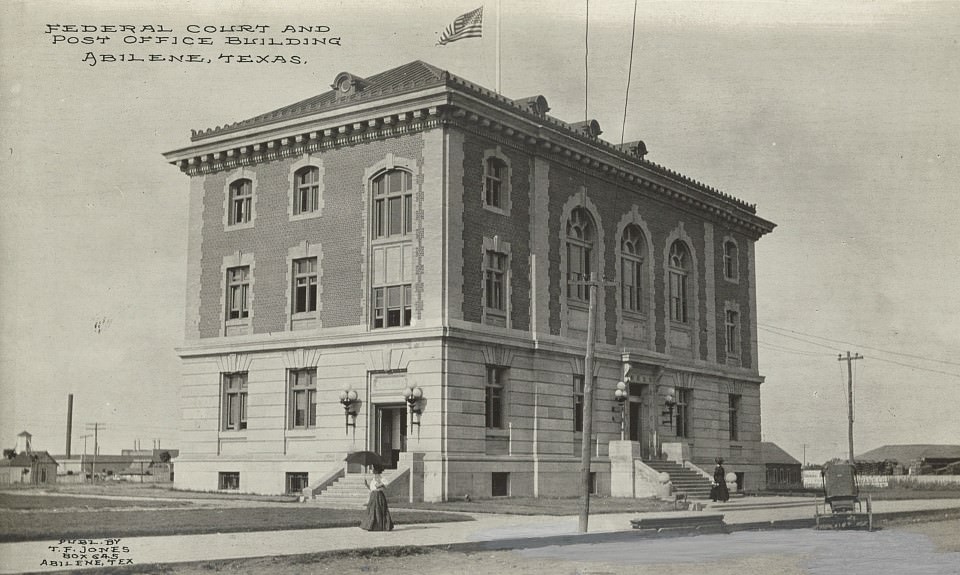
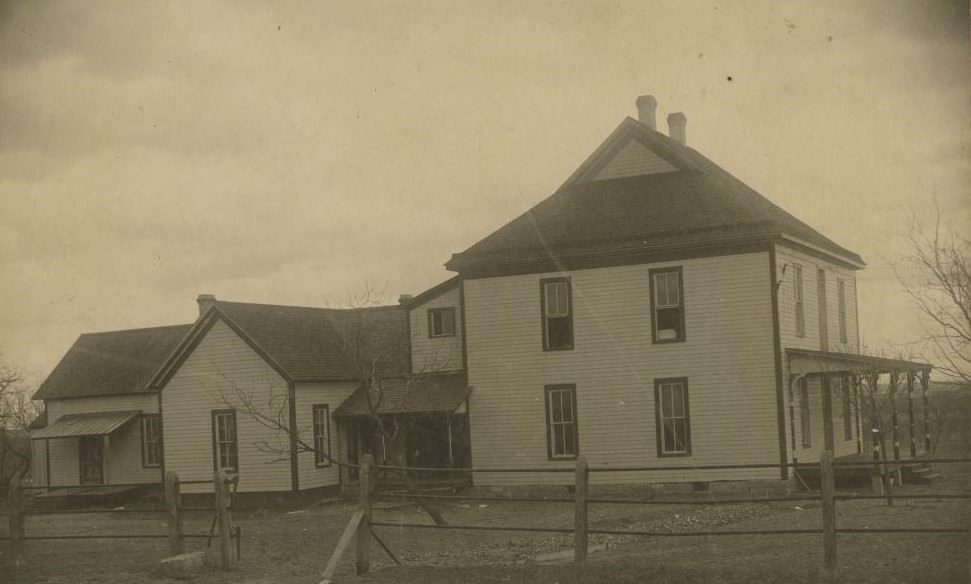
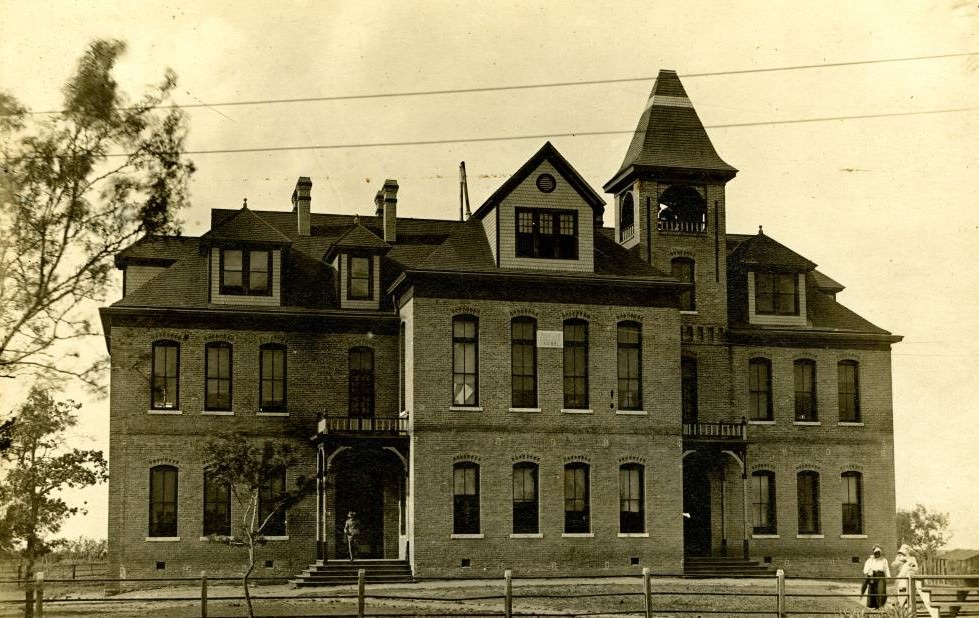
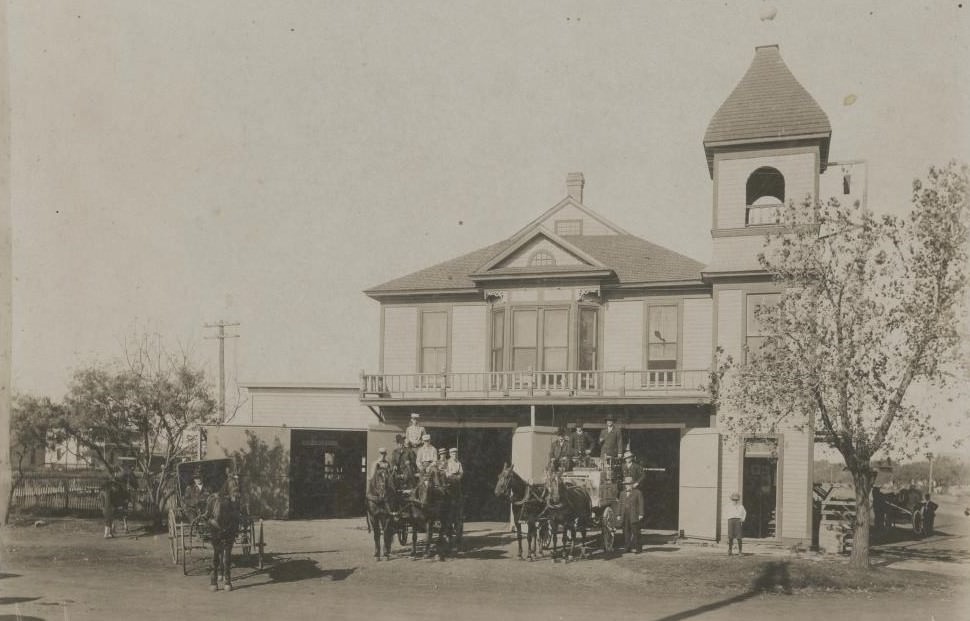
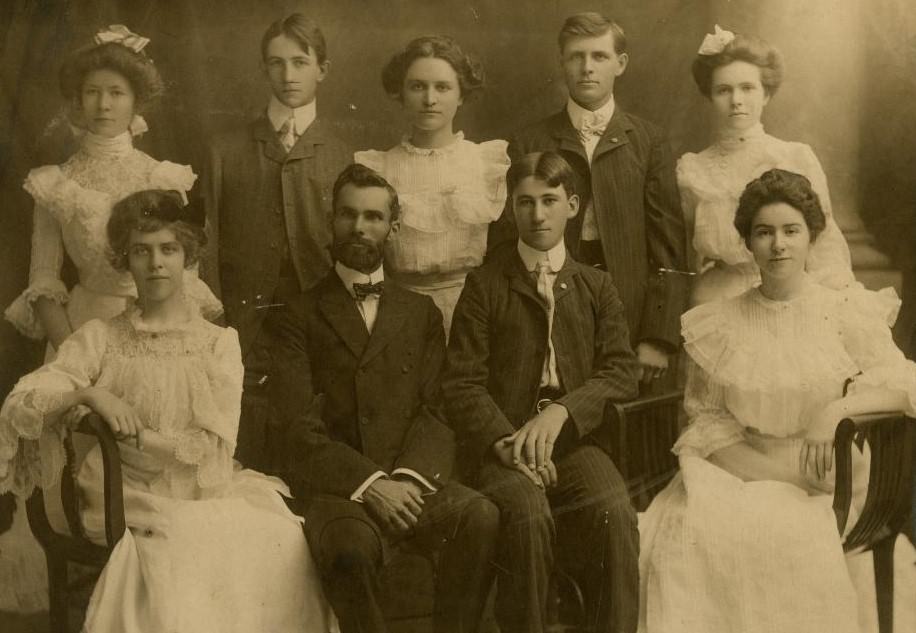
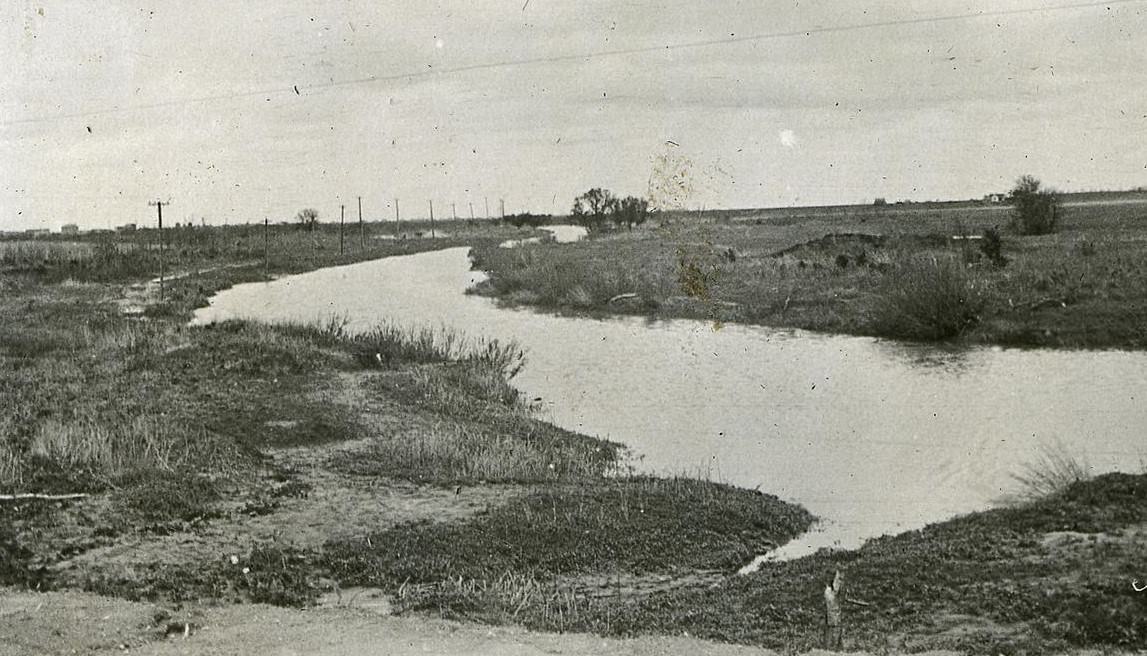
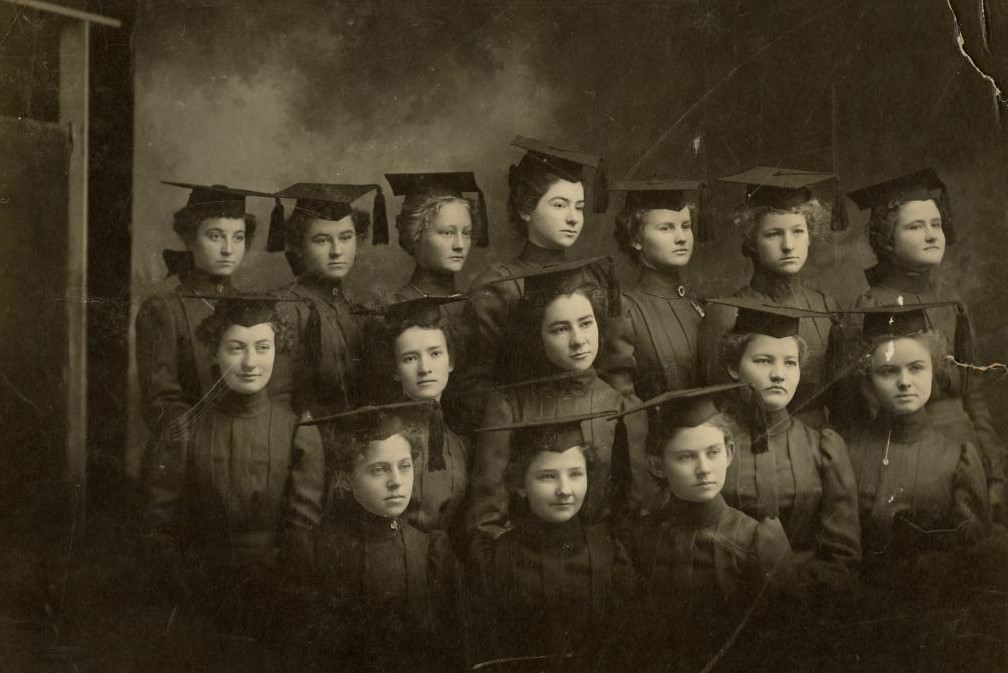
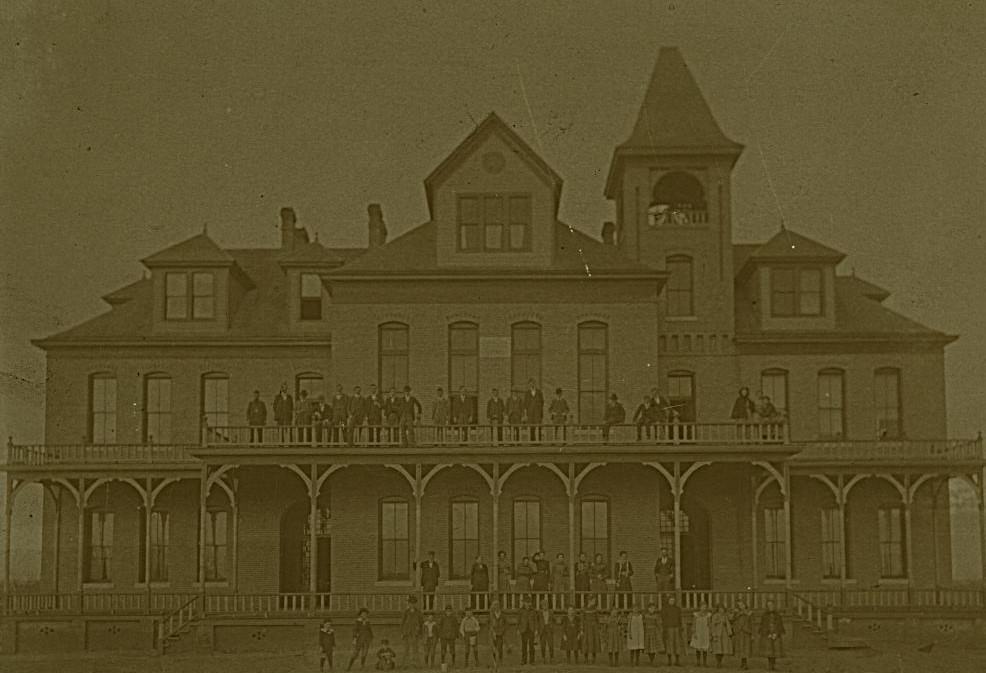
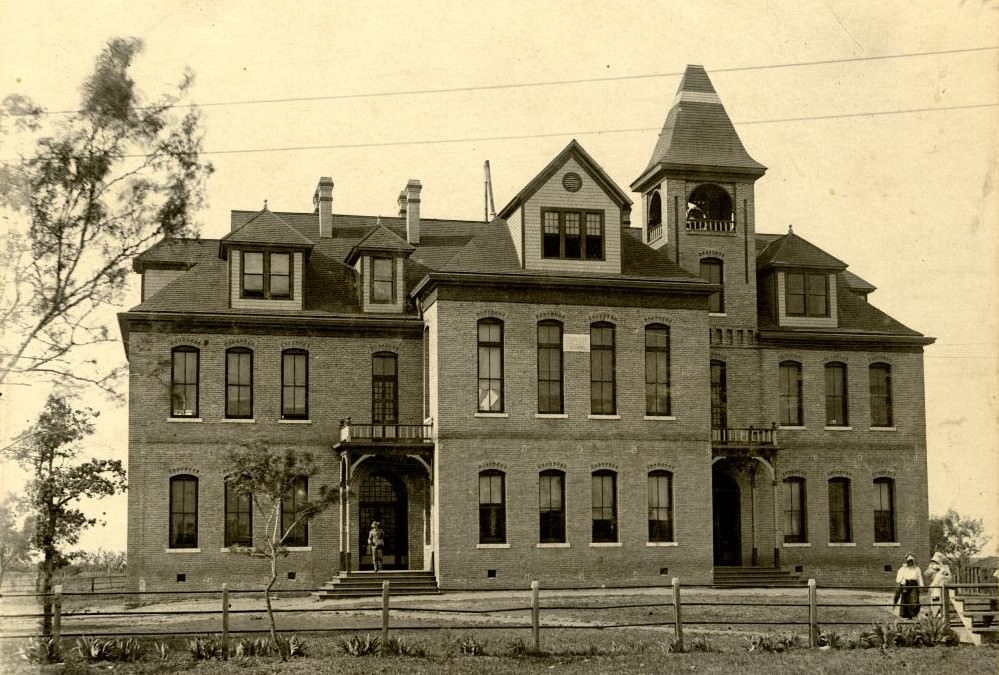

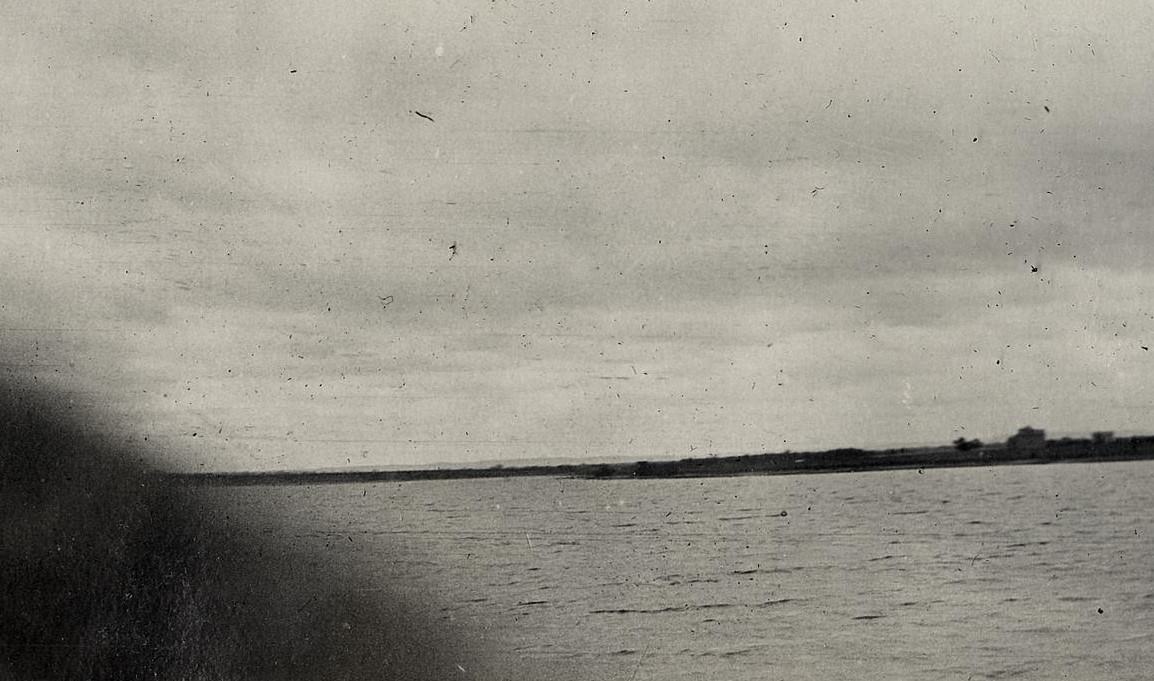
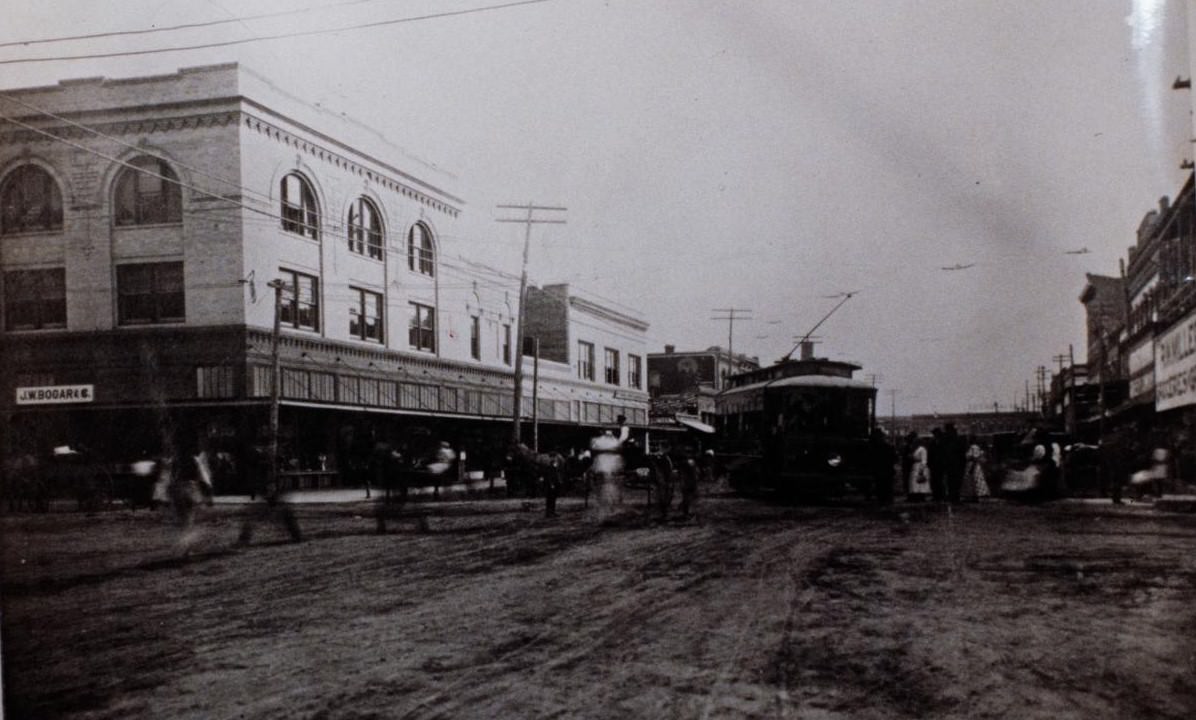
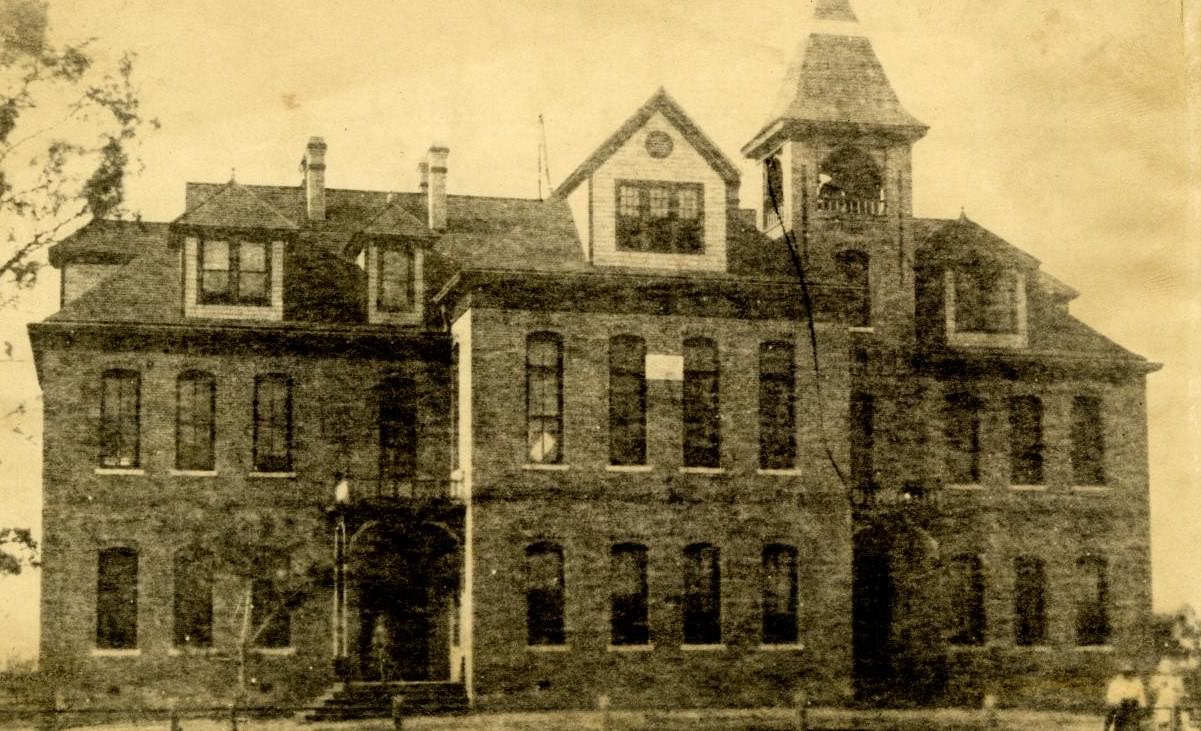

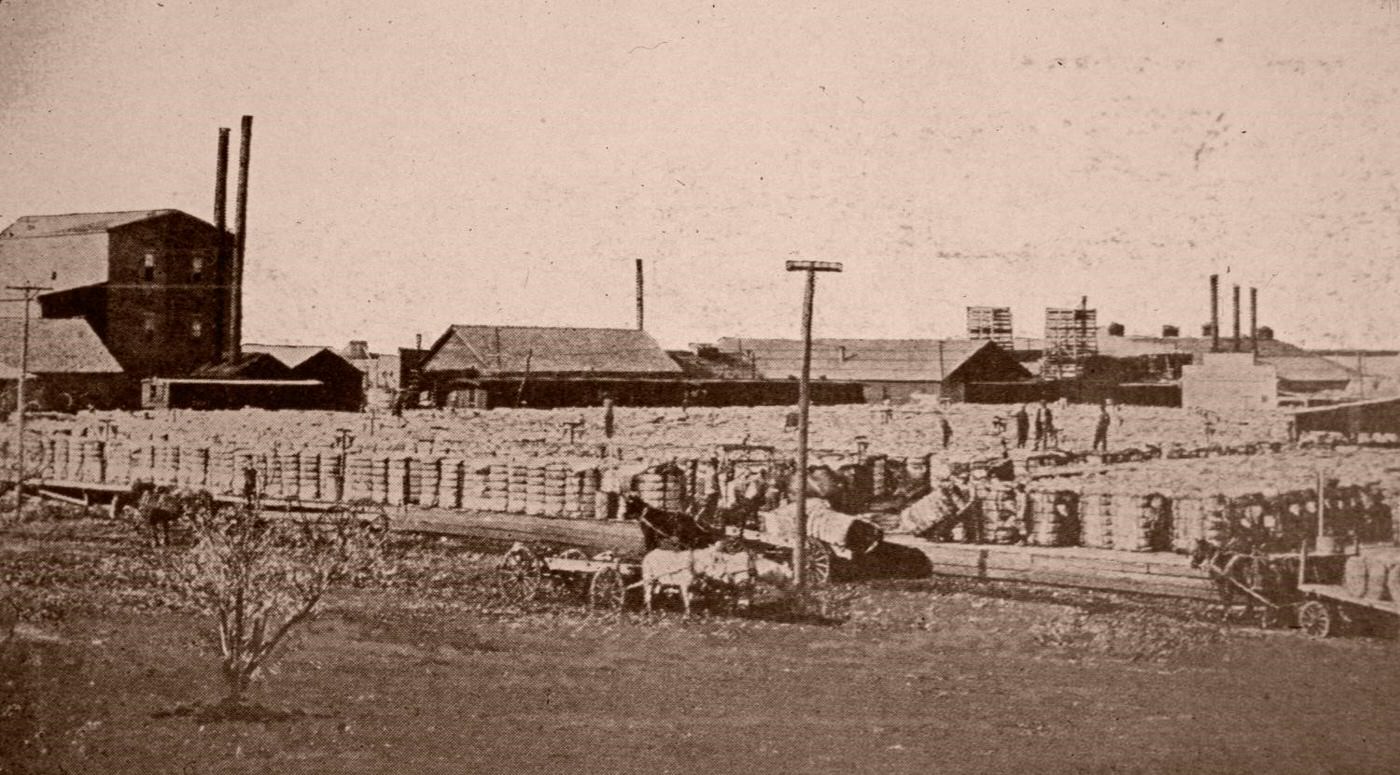
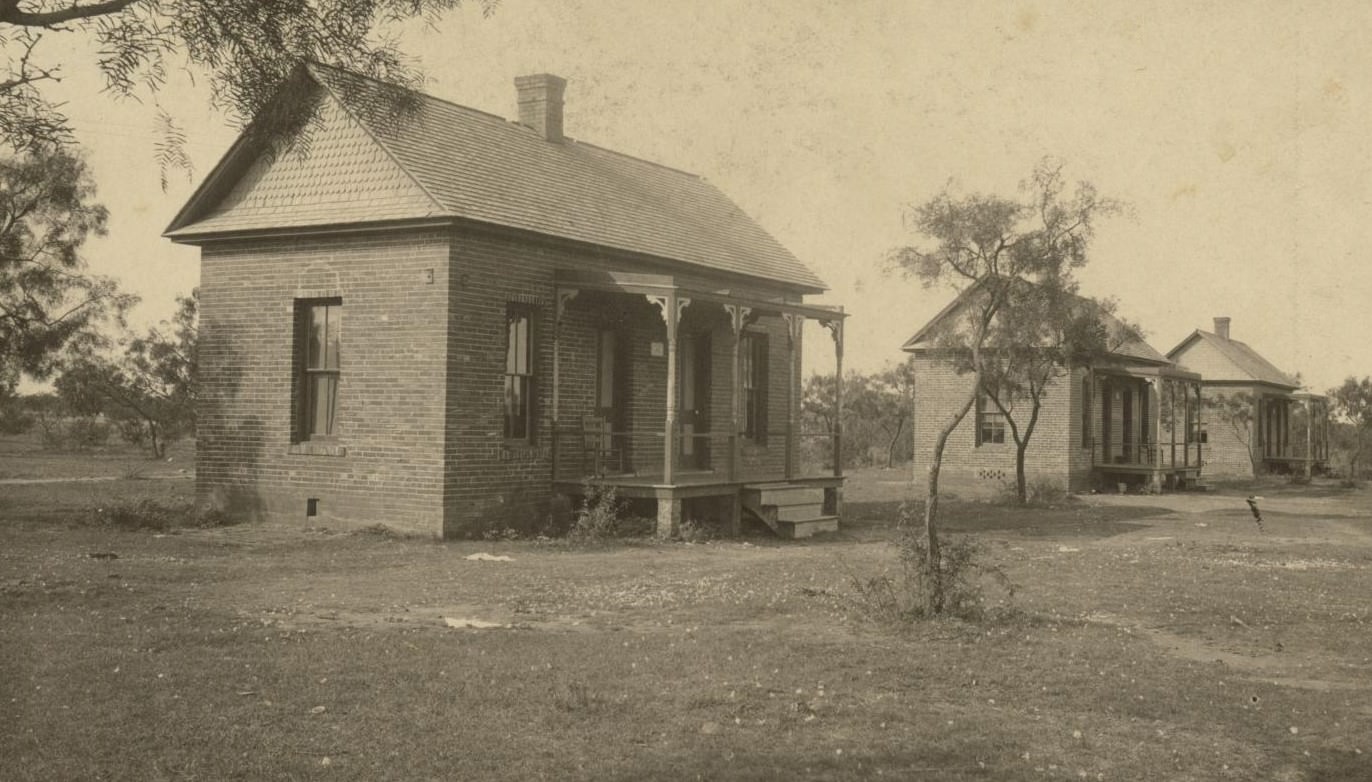
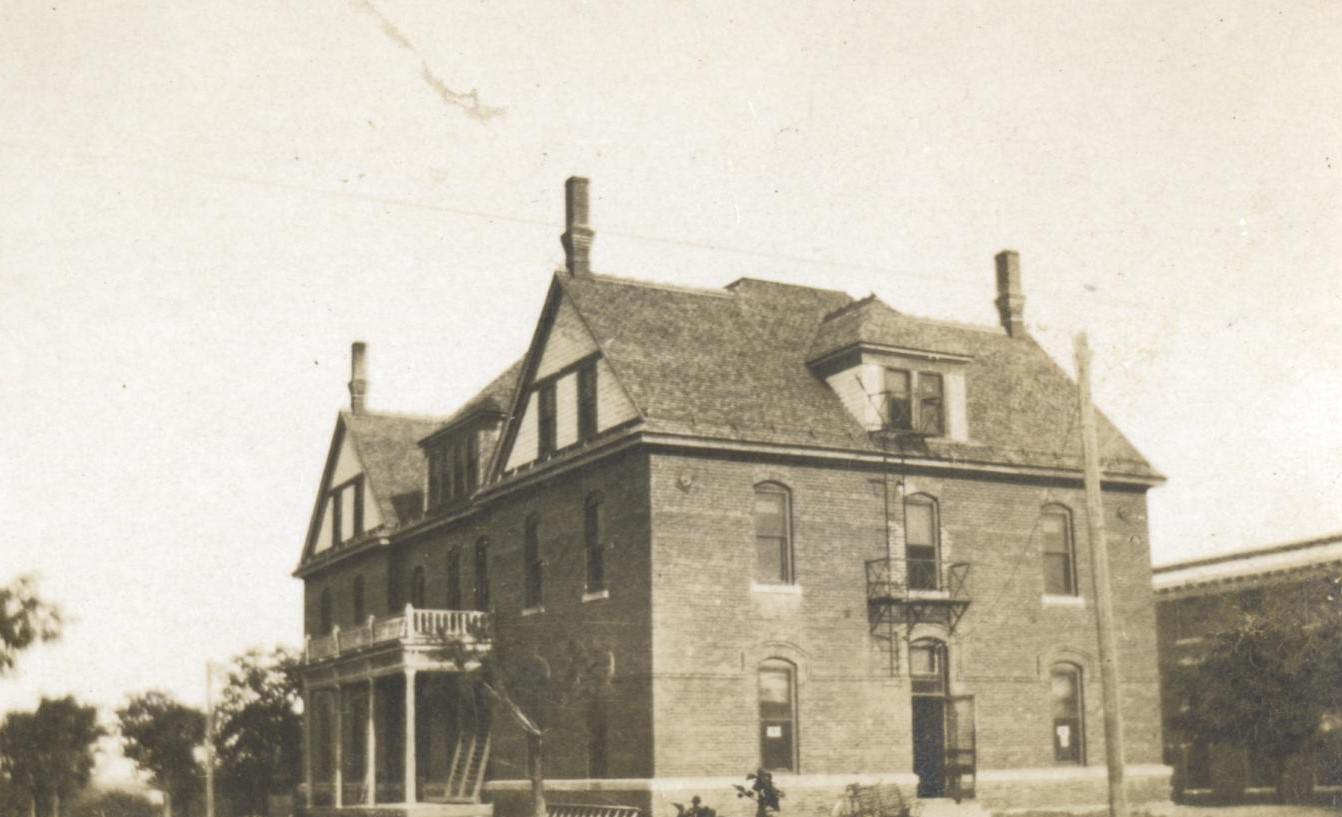
The railroads continued to be the economic backbone of Abilene. The Texas and Pacific Railway remained the primary conduit for goods and people. Cotton, thriving in the surrounding agricultural lands, was a major commodity shipped out by rail, fueling the local economy through gins and associated businesses. Cattle ranching, while changed from the trail drive era, still relied heavily on the railroad for transporting livestock to market. Abilene solidified its role as a regional trade center, with wholesale businesses establishing themselves to supply merchandise to smaller towns and rural communities throughout the area. Banks grew in number and stability, providing the capital needed for business expansion and agricultural operations. In 1907, the Wichita Valley Railway completed its line into Abilene, providing a second railroad connection. This new line offered alternative routes and competitive shipping rates, further boosting Abilene’s position as a transportation and commercial hub.
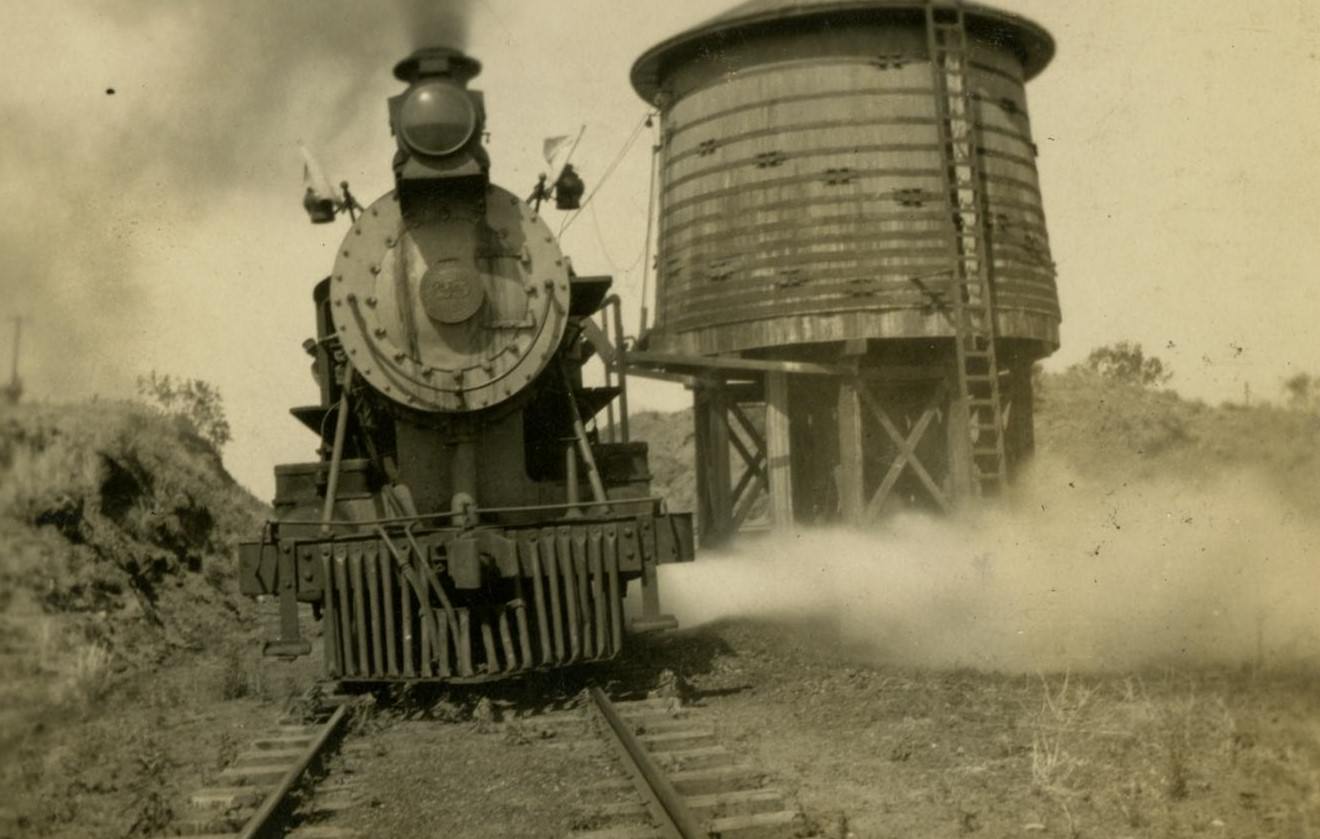

The institutions established in the previous decade matured and expanded significantly during the 1900s. Simmons College, founded in 1891, experienced substantial growth. Under dedicated leadership, the Baptist college added new buildings to its campus to accommodate a growing student body and an expanding curriculum. It attracted students from across West Texas and beyond, contributing not only to the intellectual life of the city but also adding to the local economy as faculty and students required housing, goods, and services. The college became an increasingly visible and integral part of Abilene’s identity.
A landmark event for Abilene occurred in September 1904 with the opening of the State Epileptic Colony. Authorized by the state legislature in 1899, the facility was constructed on land acquired near the town. Its opening marked the culmination of years of effort and represented a major state investment in Abilene. The Colony, later known as the Abilene State School and Abilene State Supported Living Center, provided specialized care and became one of the city’s largest and most stable employers. Its presence brought state resources, professional staff, and a unique function to the community, distinguishing Abilene from other towns in the region. The operation of this large state institution had a profound day-to-day effect on the town’s economy and social structure.
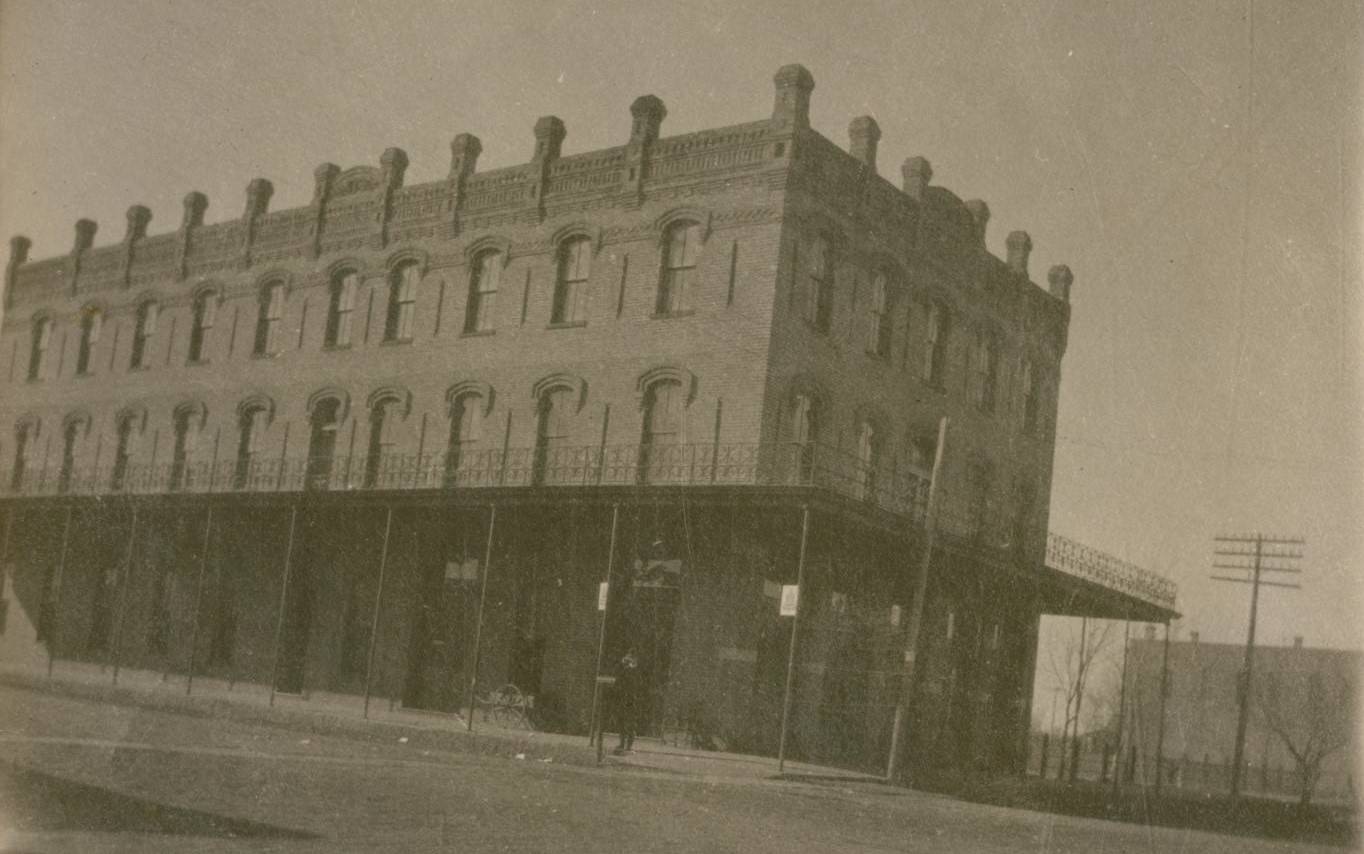
Public education also saw significant development. As the town’s population grew, so did the need for more schools and teachers. Existing schools were expanded, and plans were made for new, larger facilities. This decade saw the construction of Abilene’s first dedicated High School building, a substantial structure reflecting the community’s commitment to providing secondary education. This move represented a step up from housing high school classes within elementary buildings, offering specialized spaces and resources for older students. Churches, which had been central to community life since the town’s founding, also reflected Abilene’s growth. Several congregations undertook projects to build larger, more permanent sanctuaries, moving beyond the simpler wooden structures of the early years. These impressive brick and stone church buildings became prominent landmarks on the Abilene skyline.
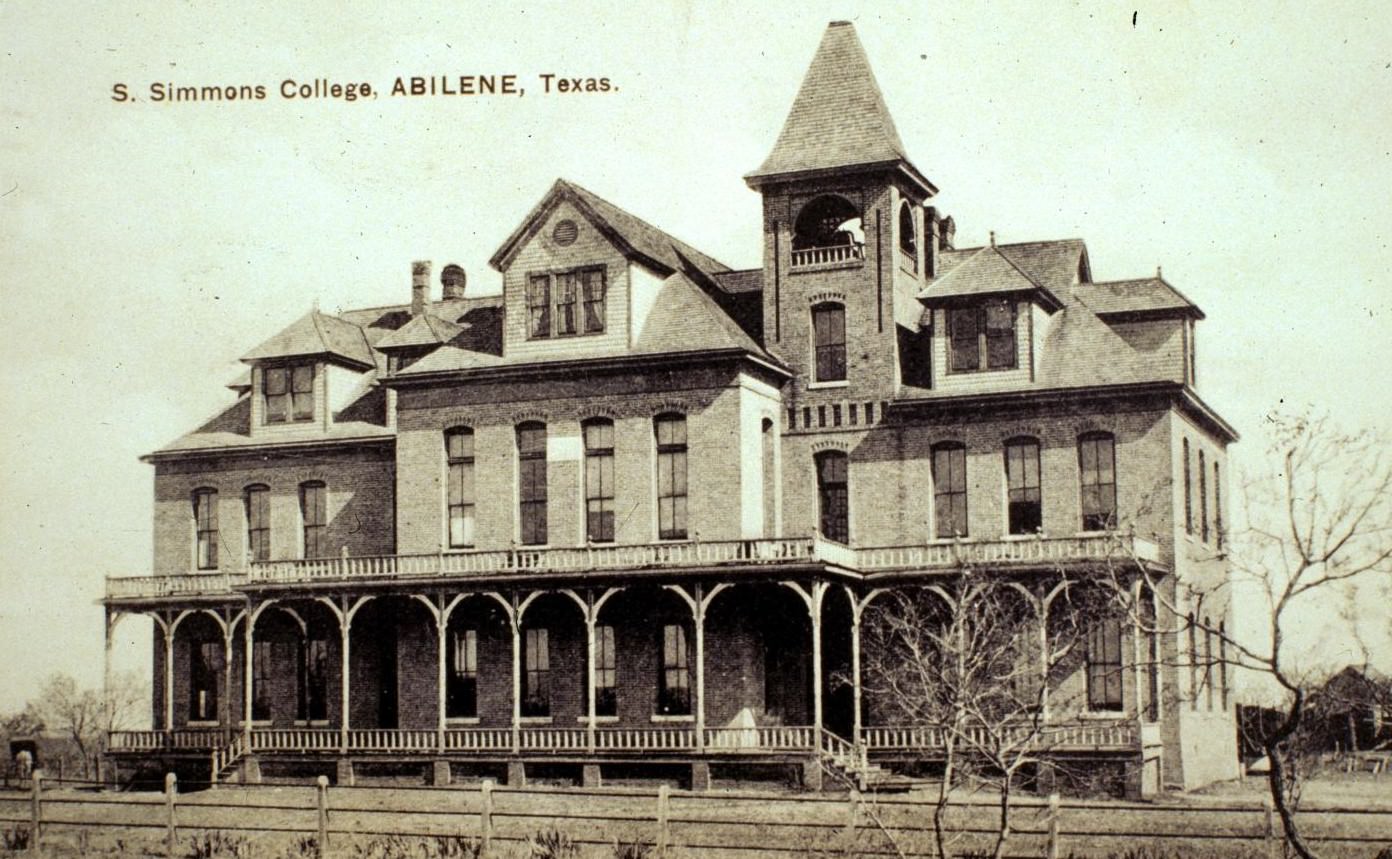
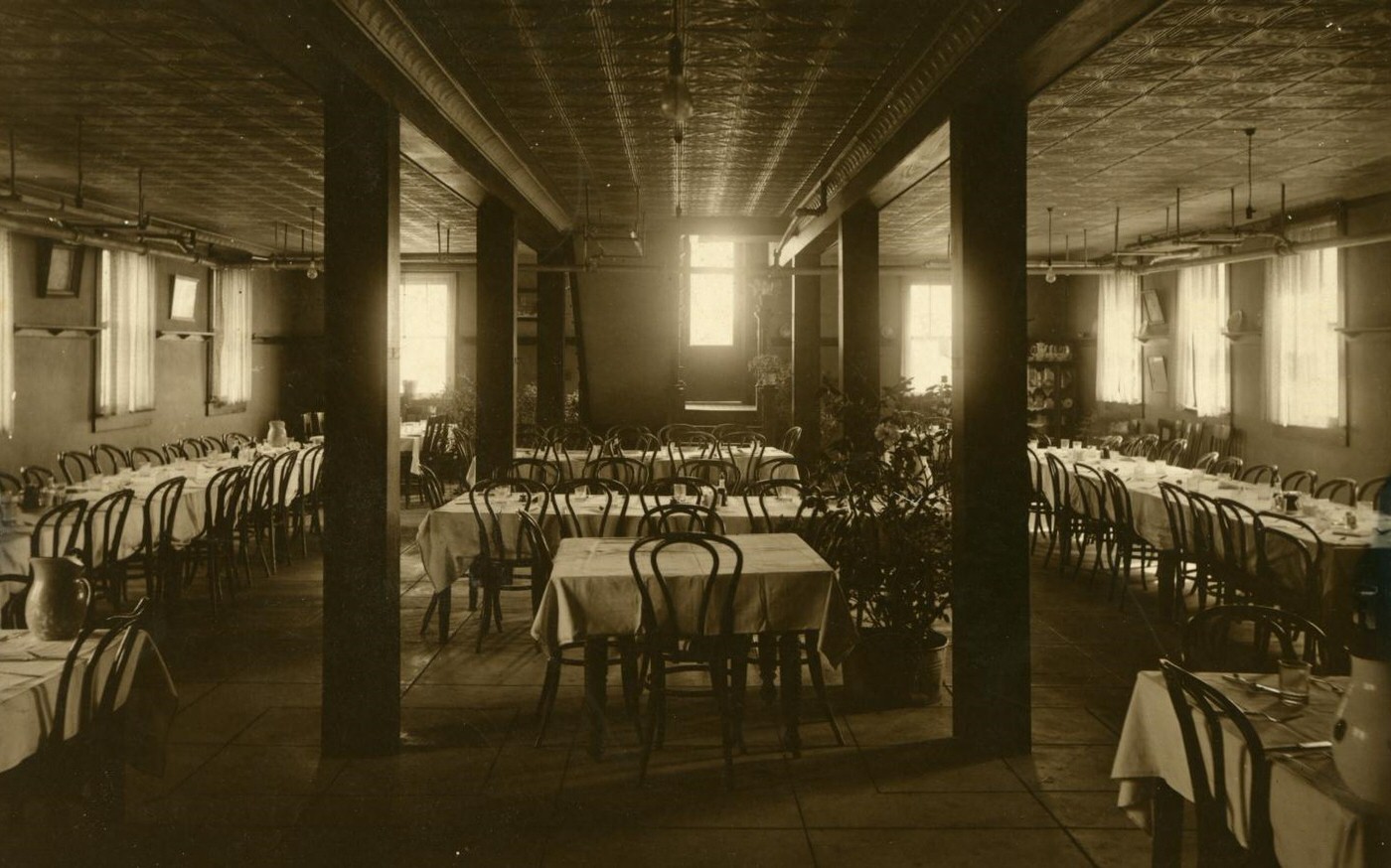
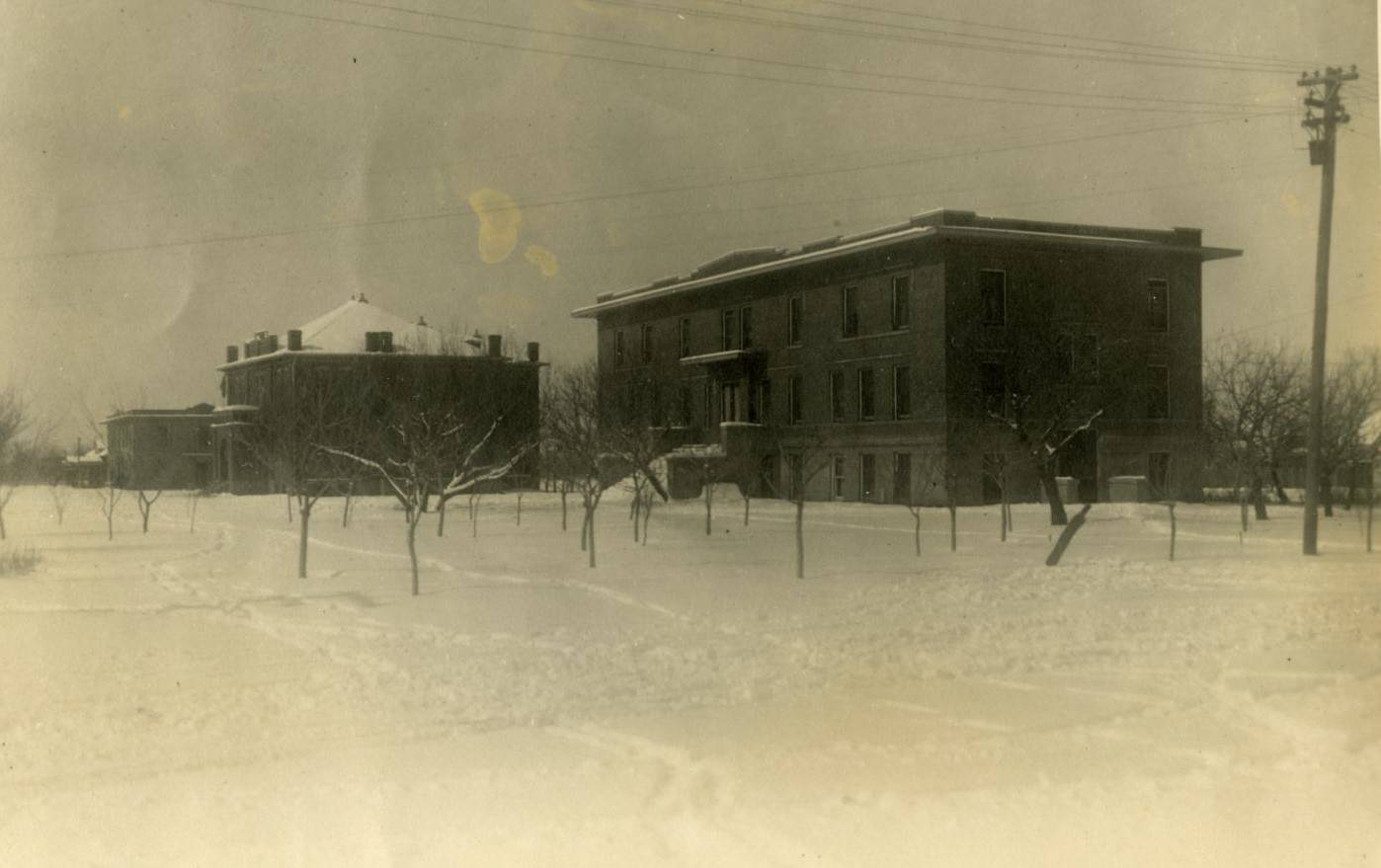
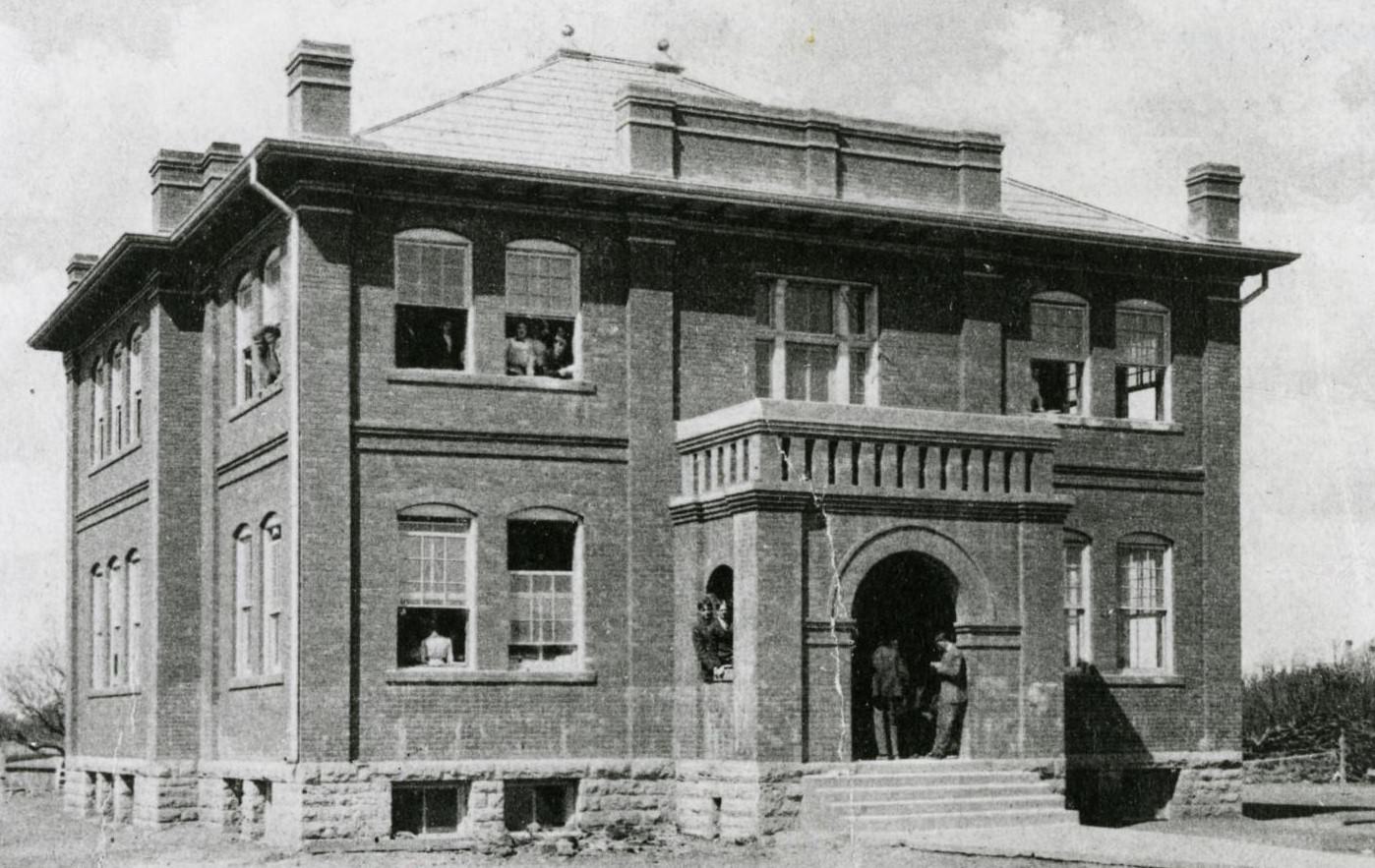
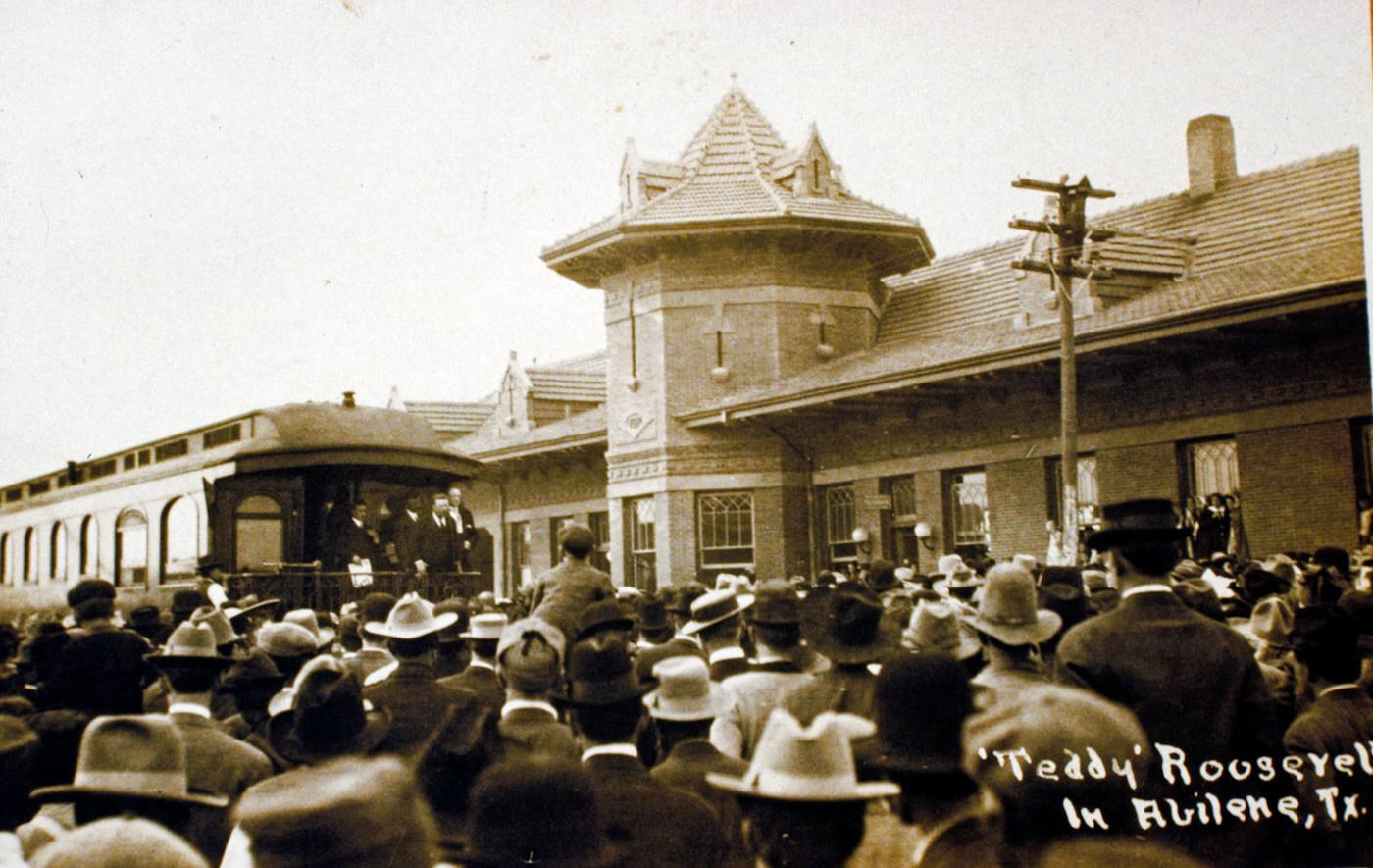
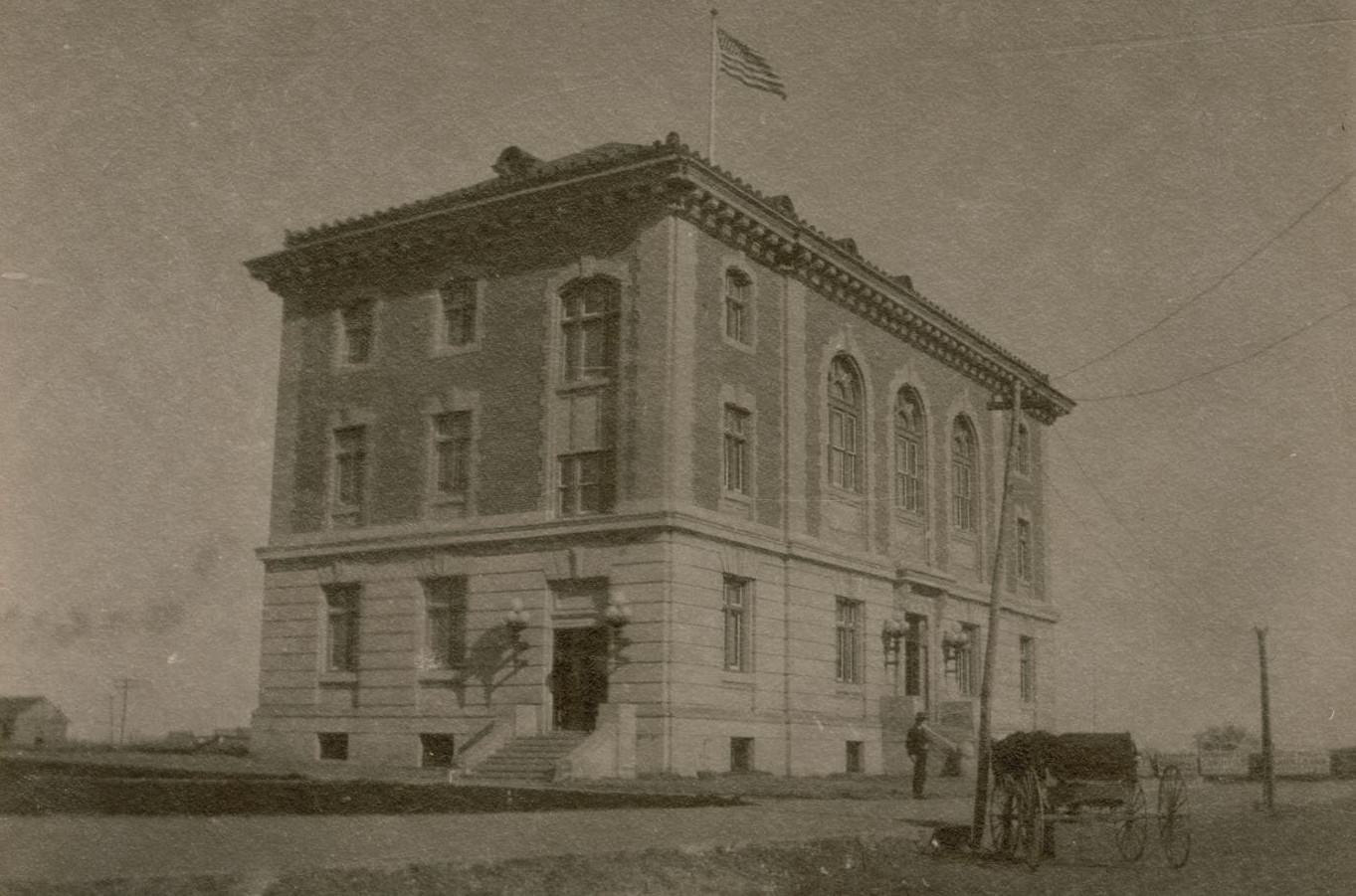
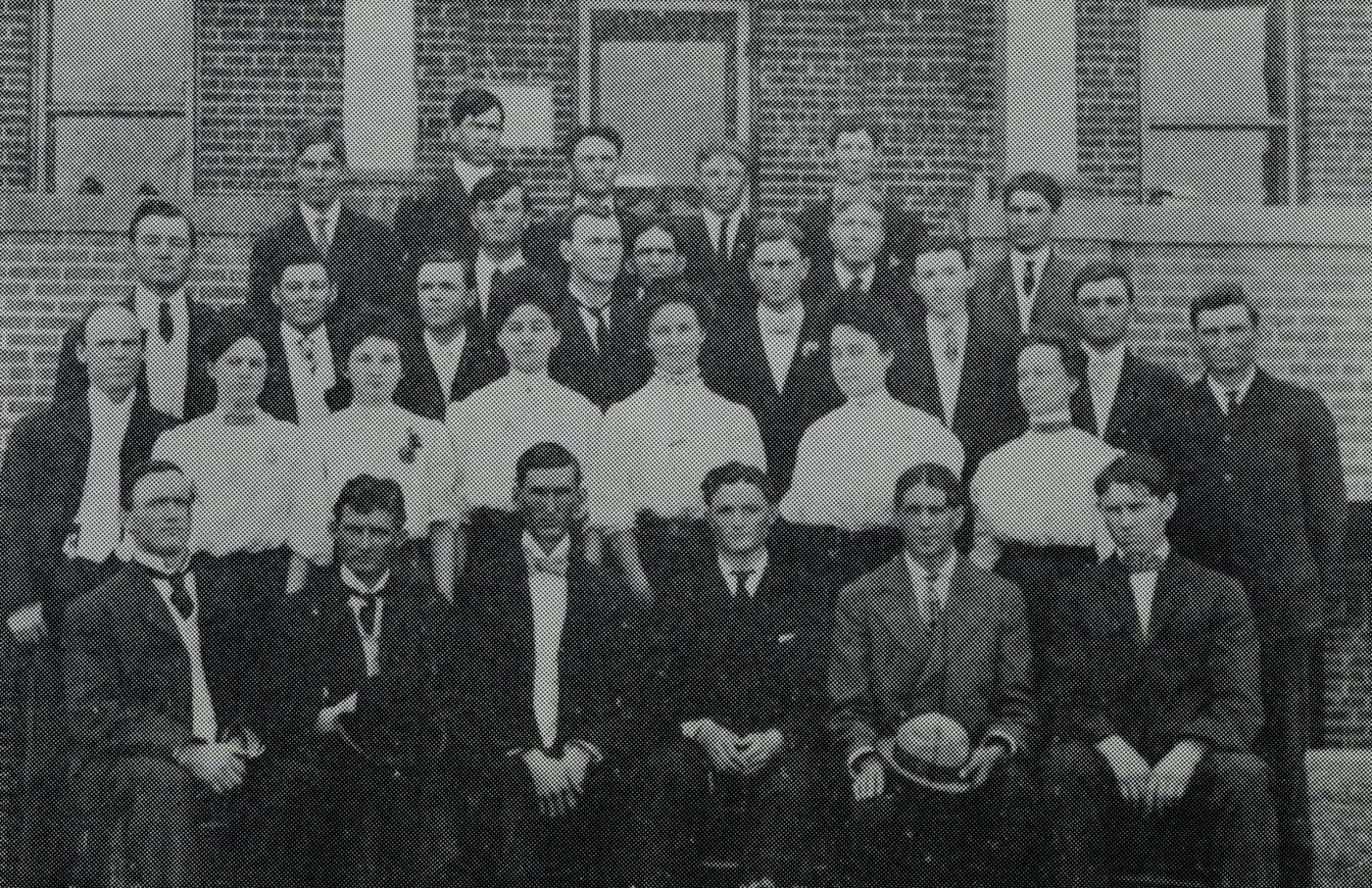
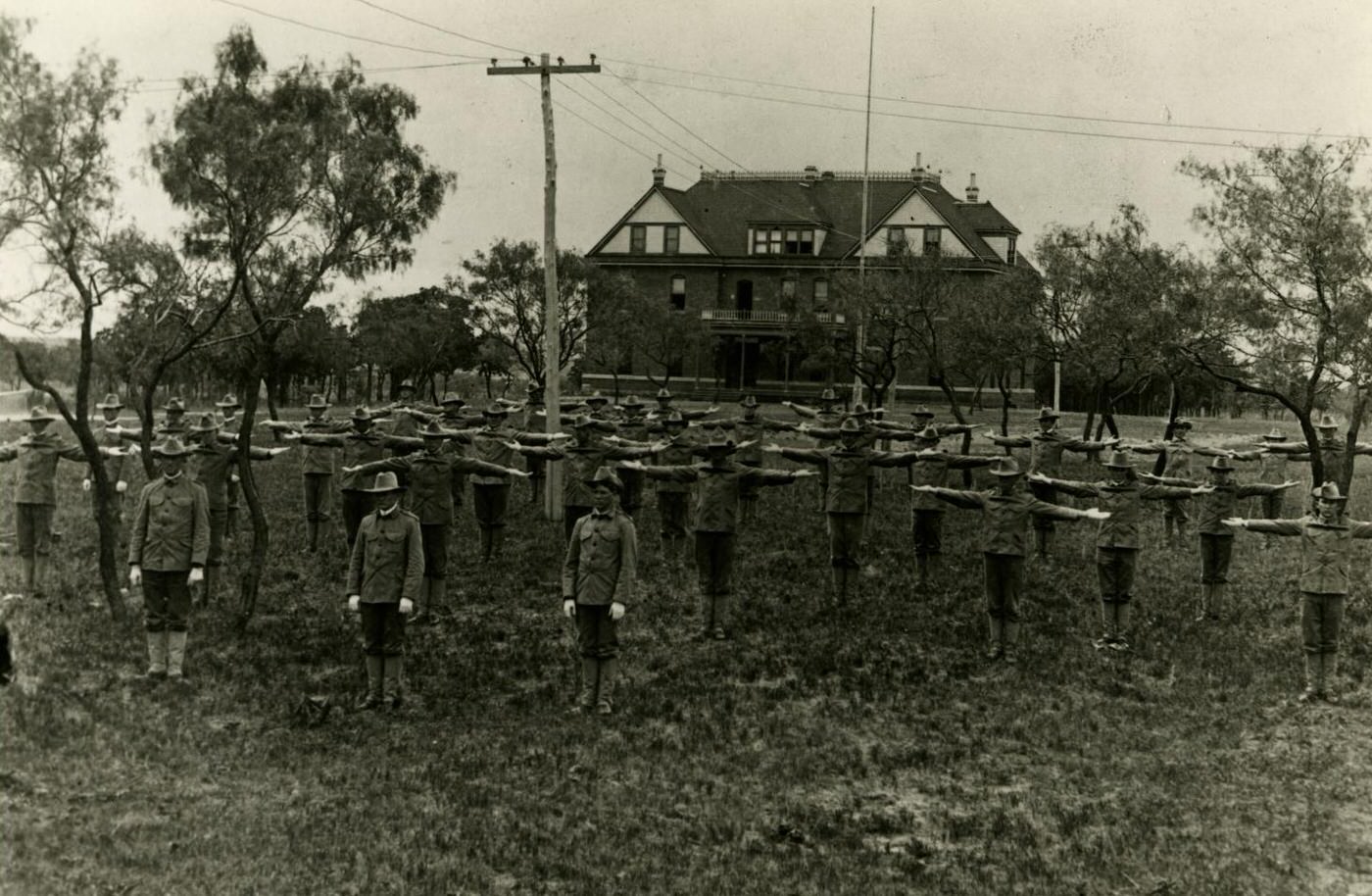
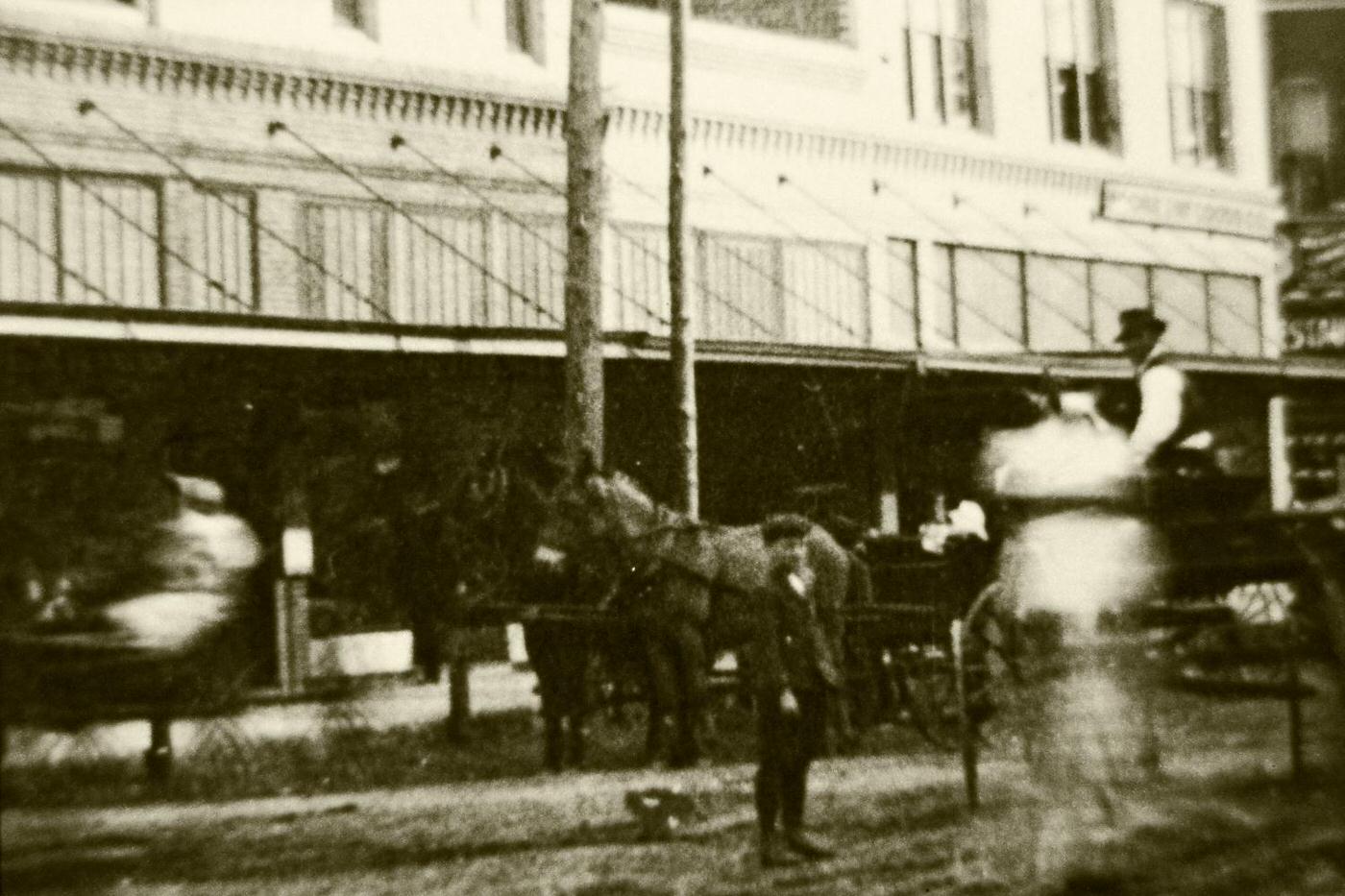
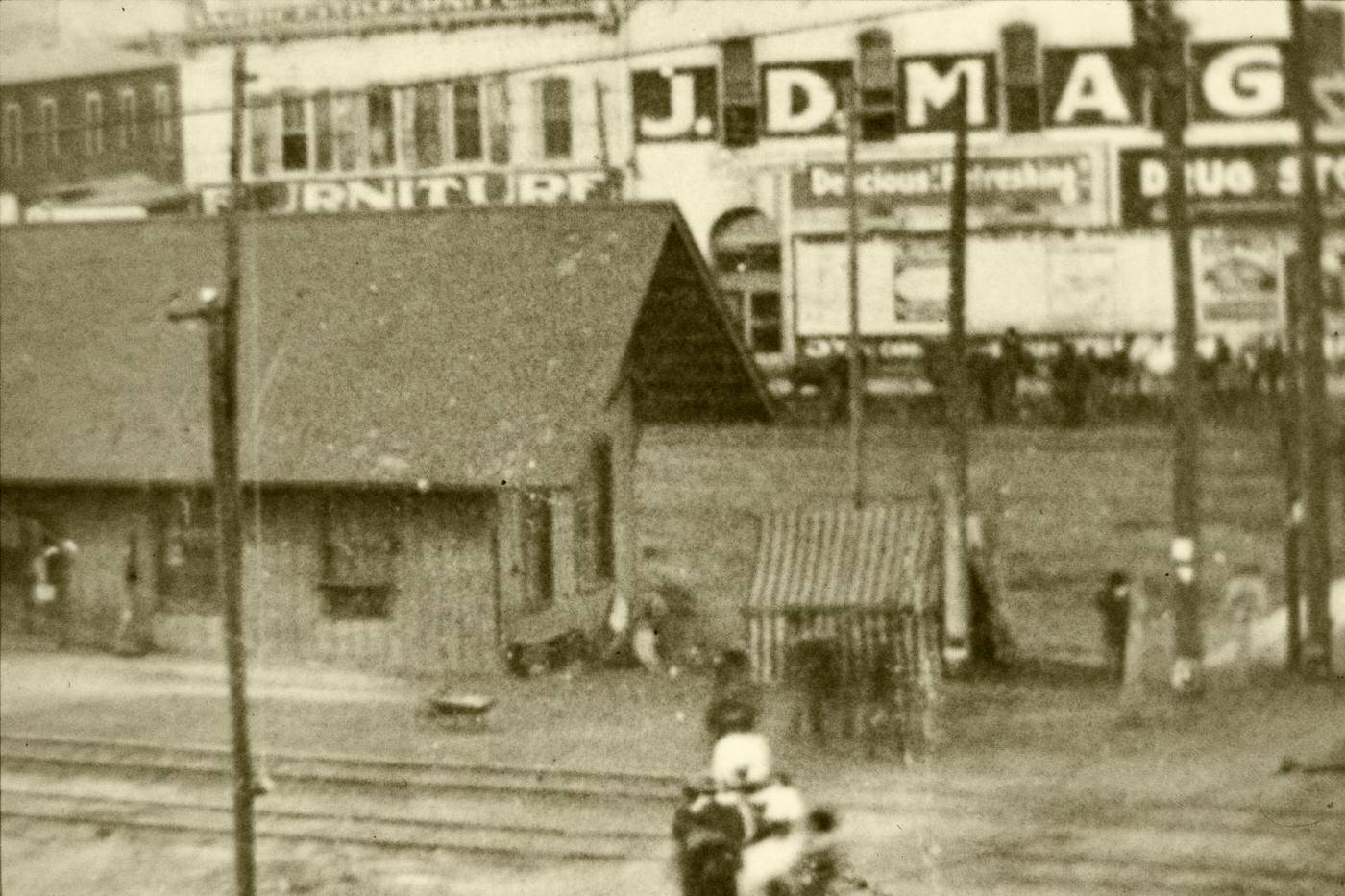
While railroads remained the dominant mode of long-distance travel and transport, the first signs of a new transportation era appeared on Abilene’s streets during the 1900s. The initial introduction of automobiles, often called “horseless carriages,” occurred during this decade. Though few in number and mostly owned by the wealthiest residents or adventurous early adopters, their presence signaled the beginning of a technological shift that would transform American life in the coming decades. For most people, however, daily transportation still relied on horses, mules, buggies, and wagons. Livery stables remained essential businesses, providing animals and vehicles for hire and boarding privately owned horses. The condition of roads leading into and out of Abilene remained variable, mostly unpaved and subject to the weather, making overland travel challenging at times.
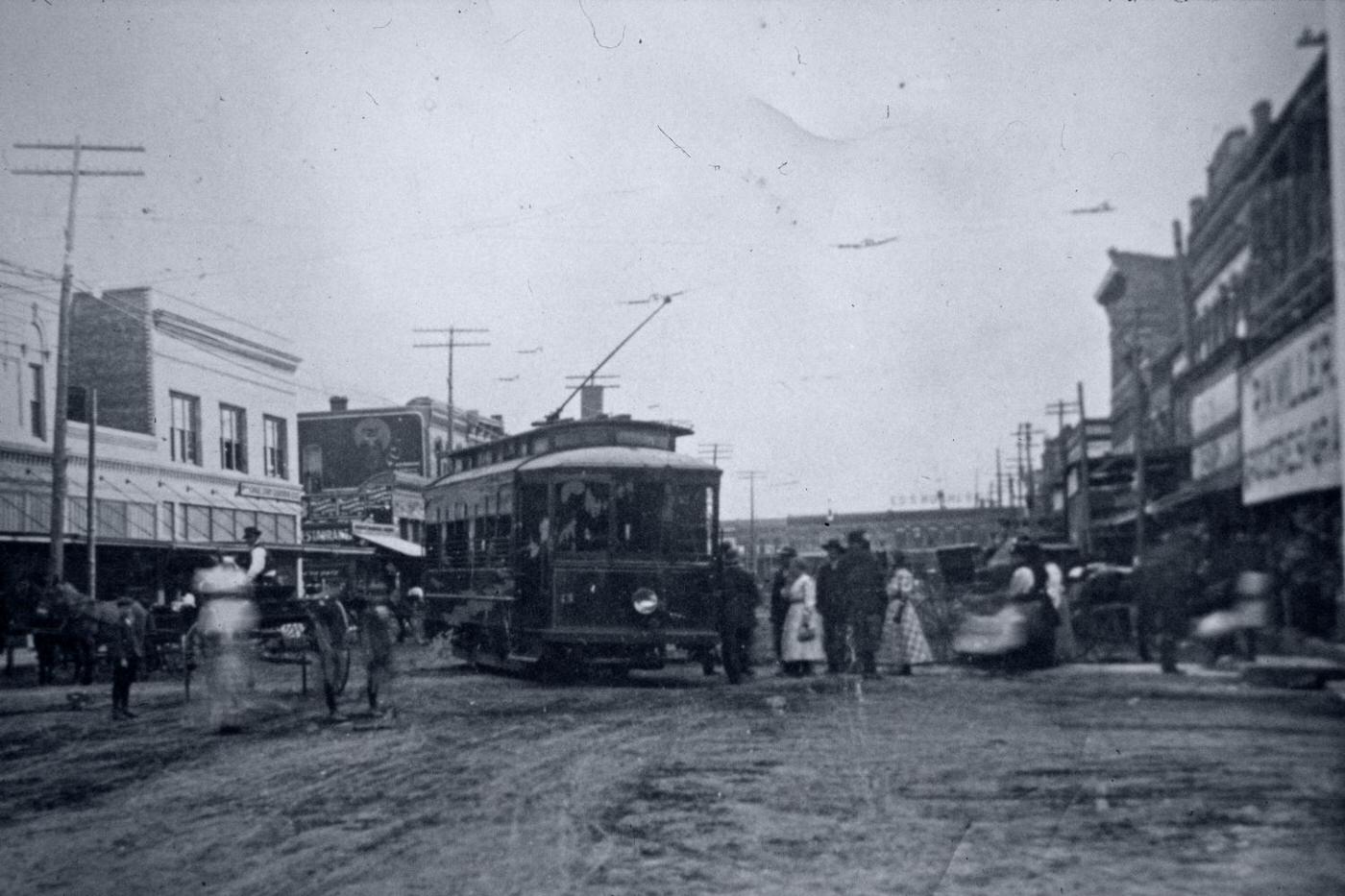

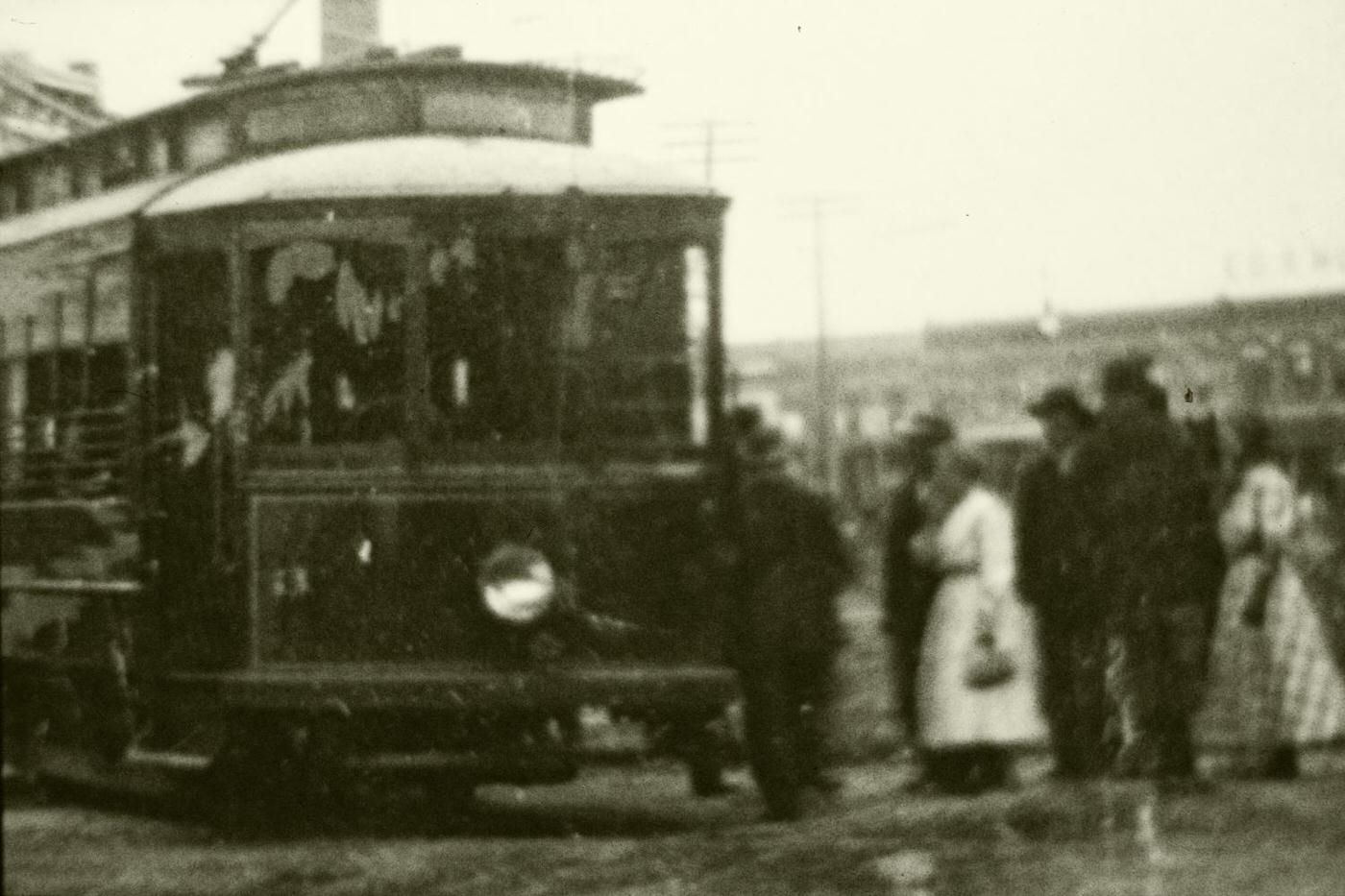
Civic life continued to organize and mature. The Abilene volunteer fire department became better equipped and trained, responding to the ever-present risk of fire in a town still containing many wooden structures. The city marshal and local police force worked to maintain law and order as the population grew. Steps were taken to enhance public spaces; Oscar Rose Park was established, providing residents with a dedicated area for recreation and community gatherings. Civic clubs and fraternal organizations flourished, offering social outlets and undertaking community improvement projects. Local newspapers, like the Abilene Reporter, kept citizens informed about local happenings, state news, and world events, playing a vital role in shaping public opinion and community identity. The construction of the Carnegie Library, approved and begun late in the decade and opened in 1909, provided a public resource for knowledge and culture, funded in part by the philanthropy of Andrew Carnegie, signifying Abilene’s participation in a broader national movement for public libraries.
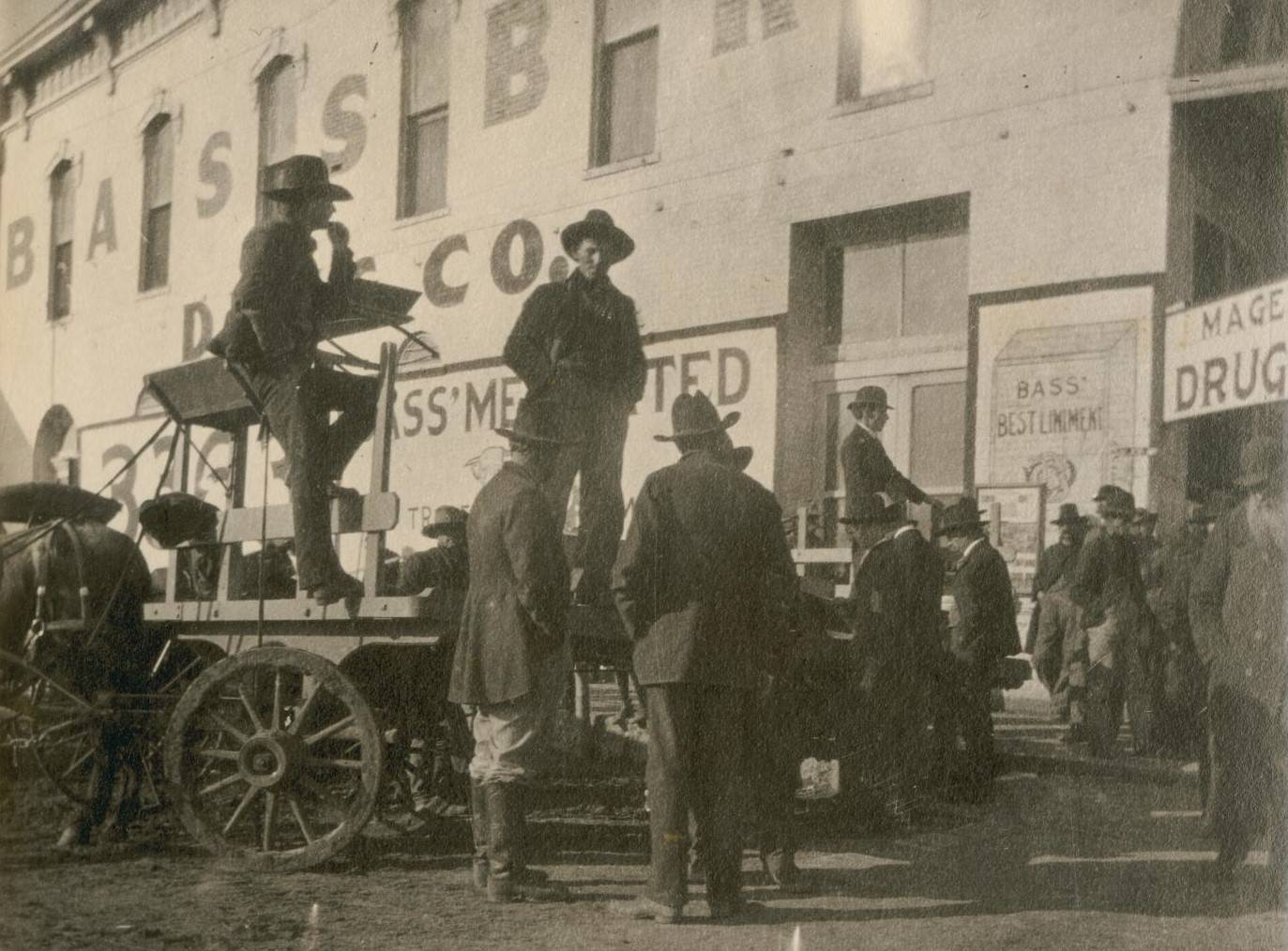

Daily life in Abilene during the 1900s was a blend of established routines and adjustments to growth and new technologies. Merchants opened their shops early, farmers brought their produce to town, and railroad workers kept the trains running. Social life often revolved around church activities, school events, and community celebrations. Traveling shows, including theatrical troupes and circuses, occasionally visited, providing entertainment. Families gathered for picnics in the park or visited neighbors. The rhythm of life was still closely tied to the agricultural seasons and the arrival and departure of trains. People witnessed the town physically changing around them, with new buildings going up, streets being paved, and new services like electricity and telephones becoming more common, altering the way they lived and worked as Abilene moved confidently into the new century.
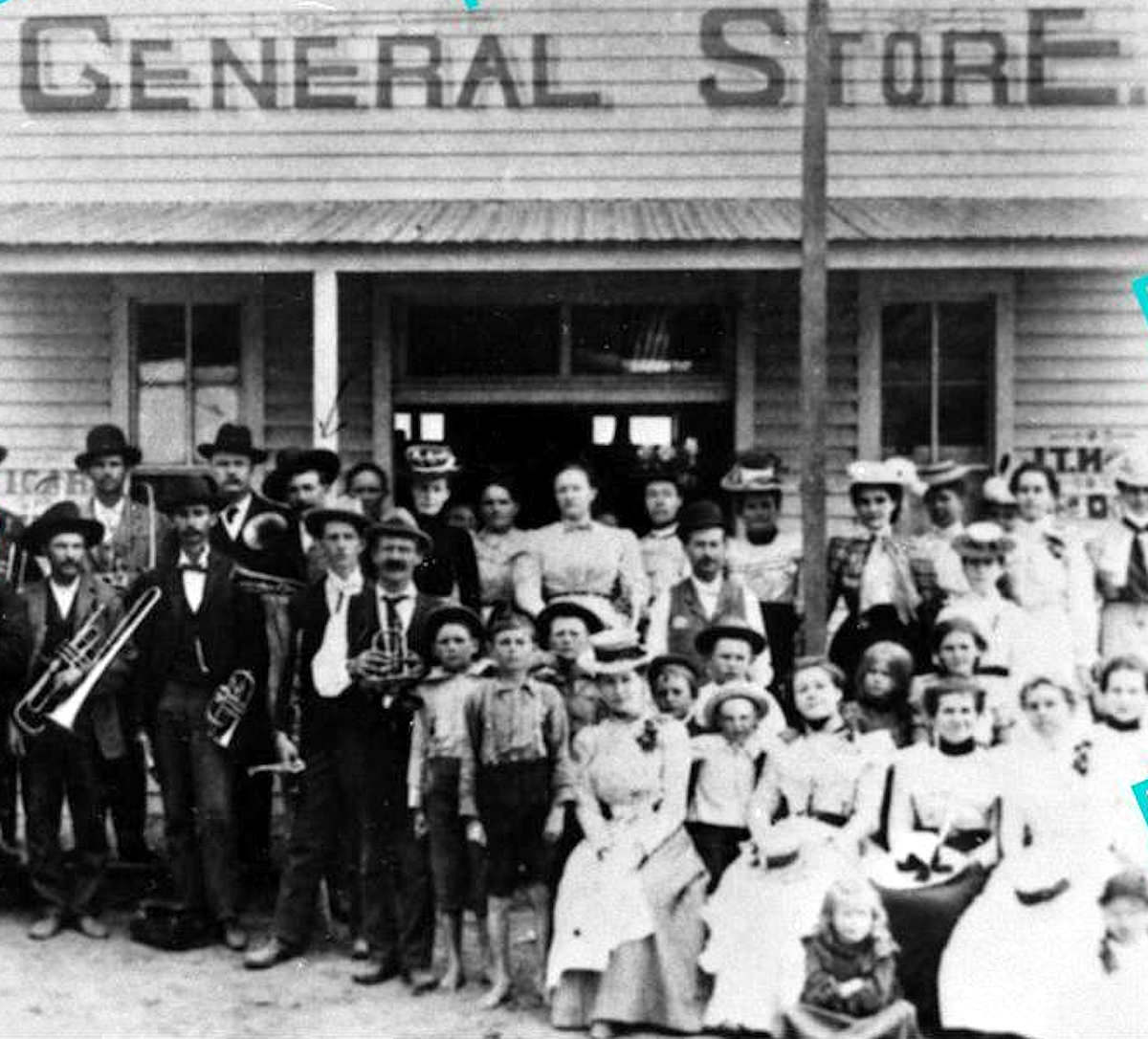
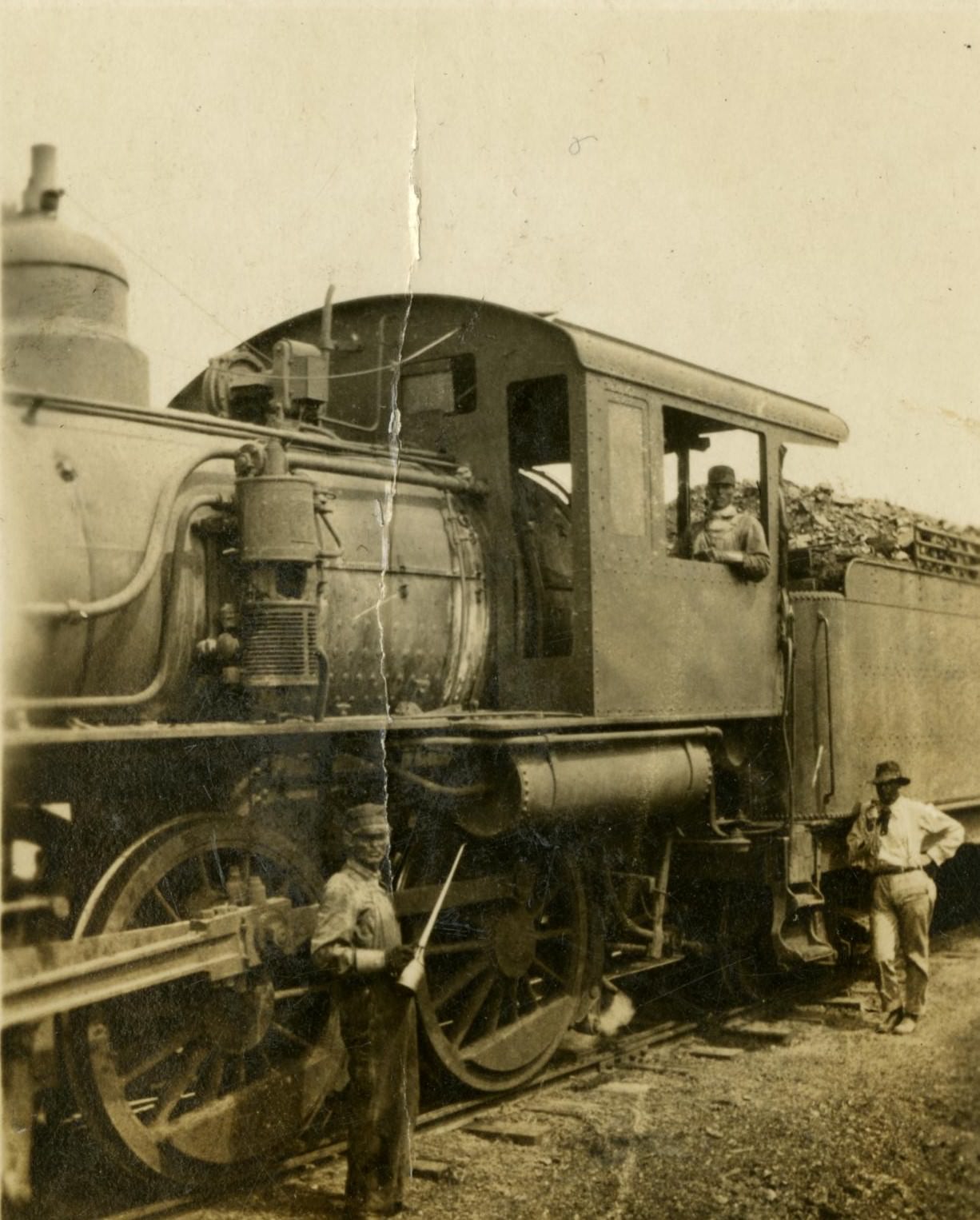
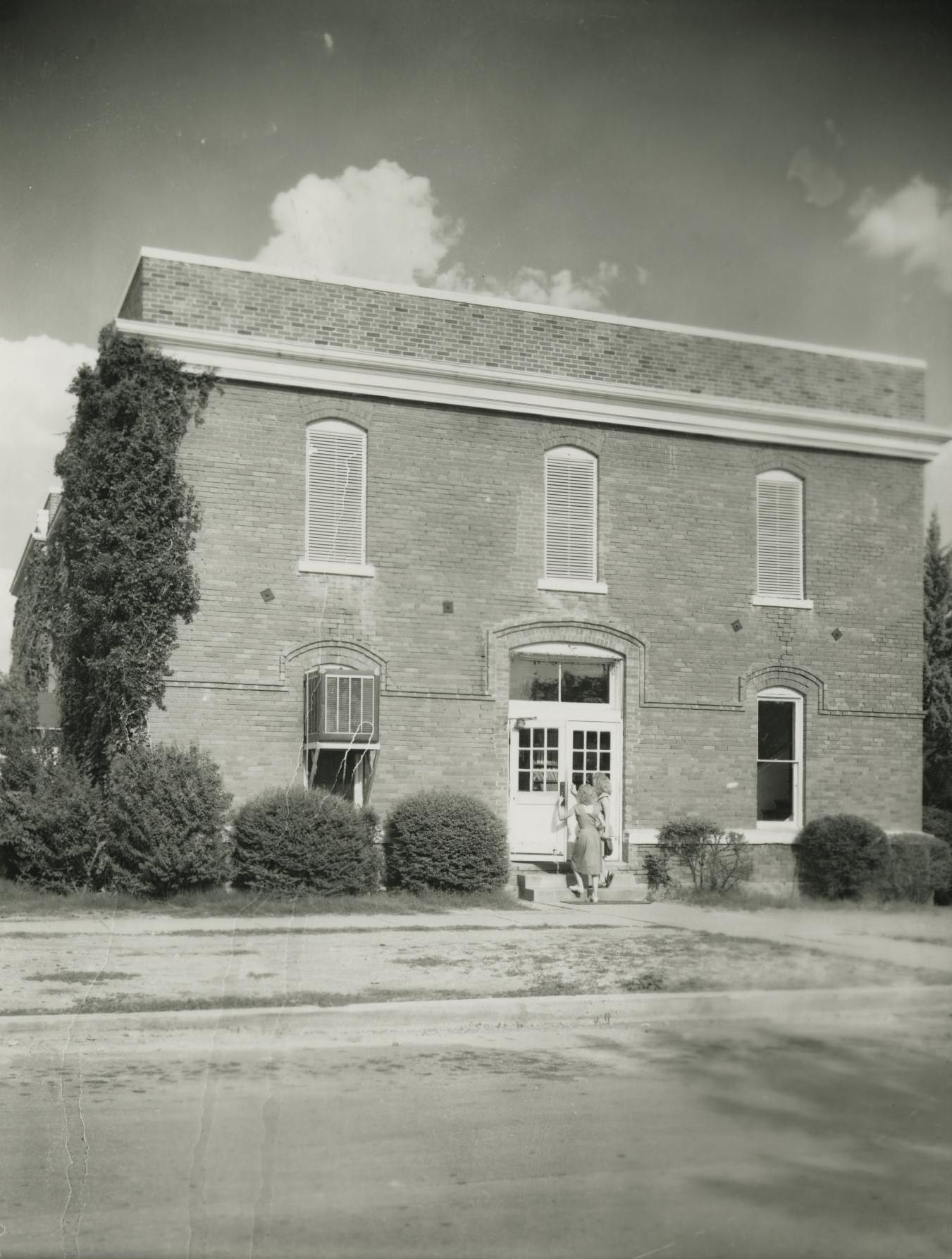
Image Credits: Austin Public Library, Hardin-Simmons University Library, McMurry University Library, Howard Payne University Library, Library of Congress, West Texas History & Memories, wikimedia, Boyce Ditto Public Library
Found any mistakes? 🥺 Let us Know

